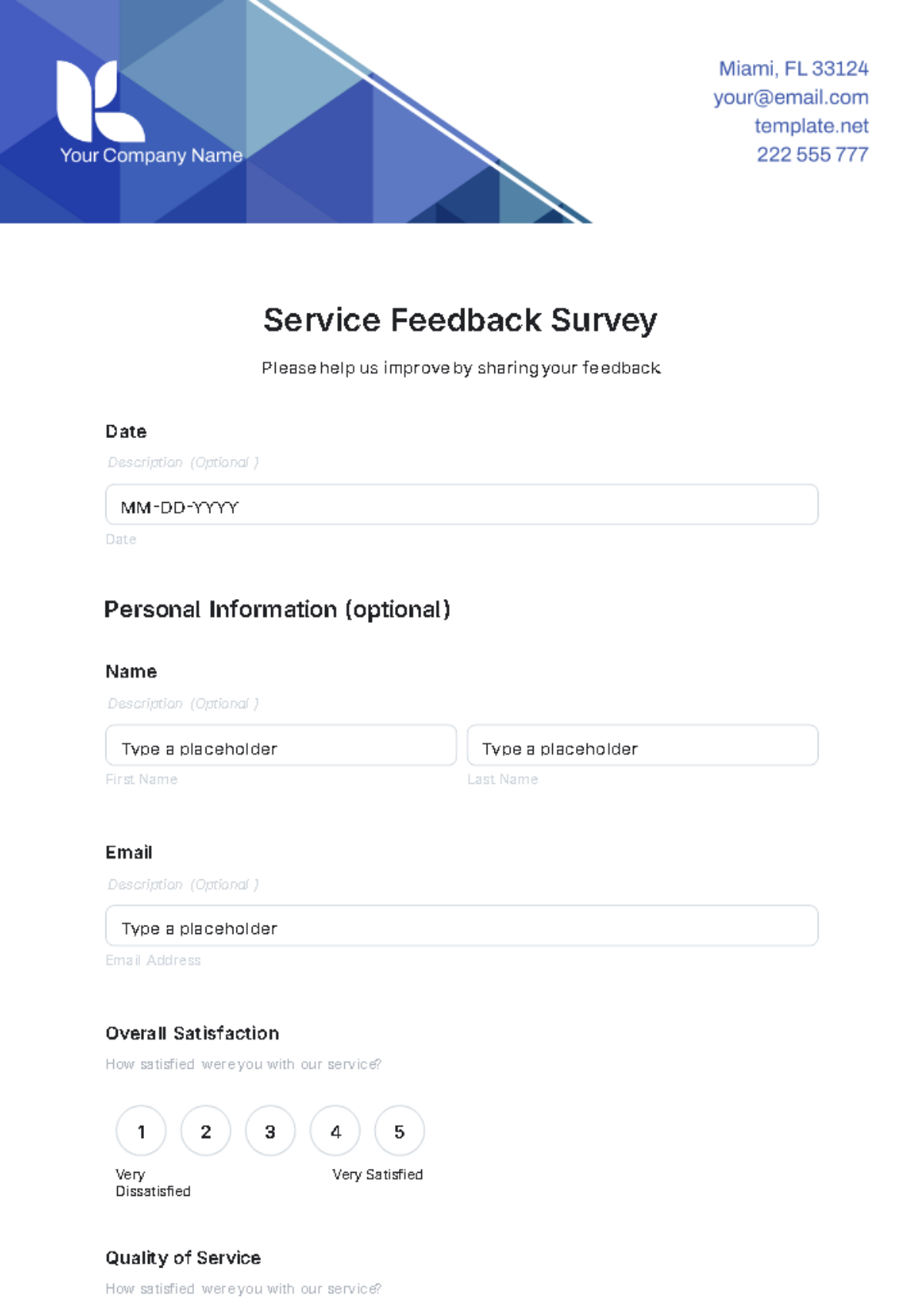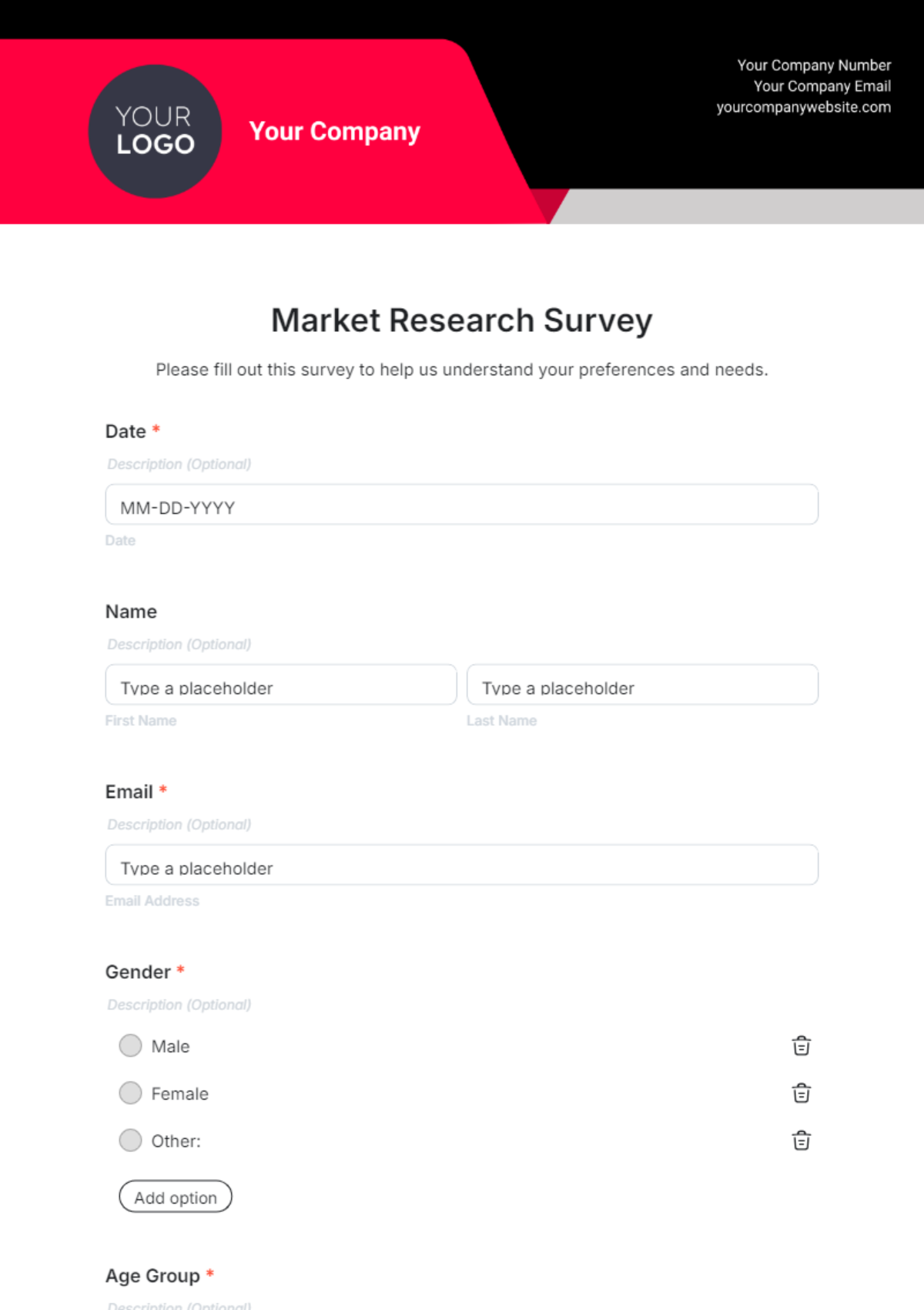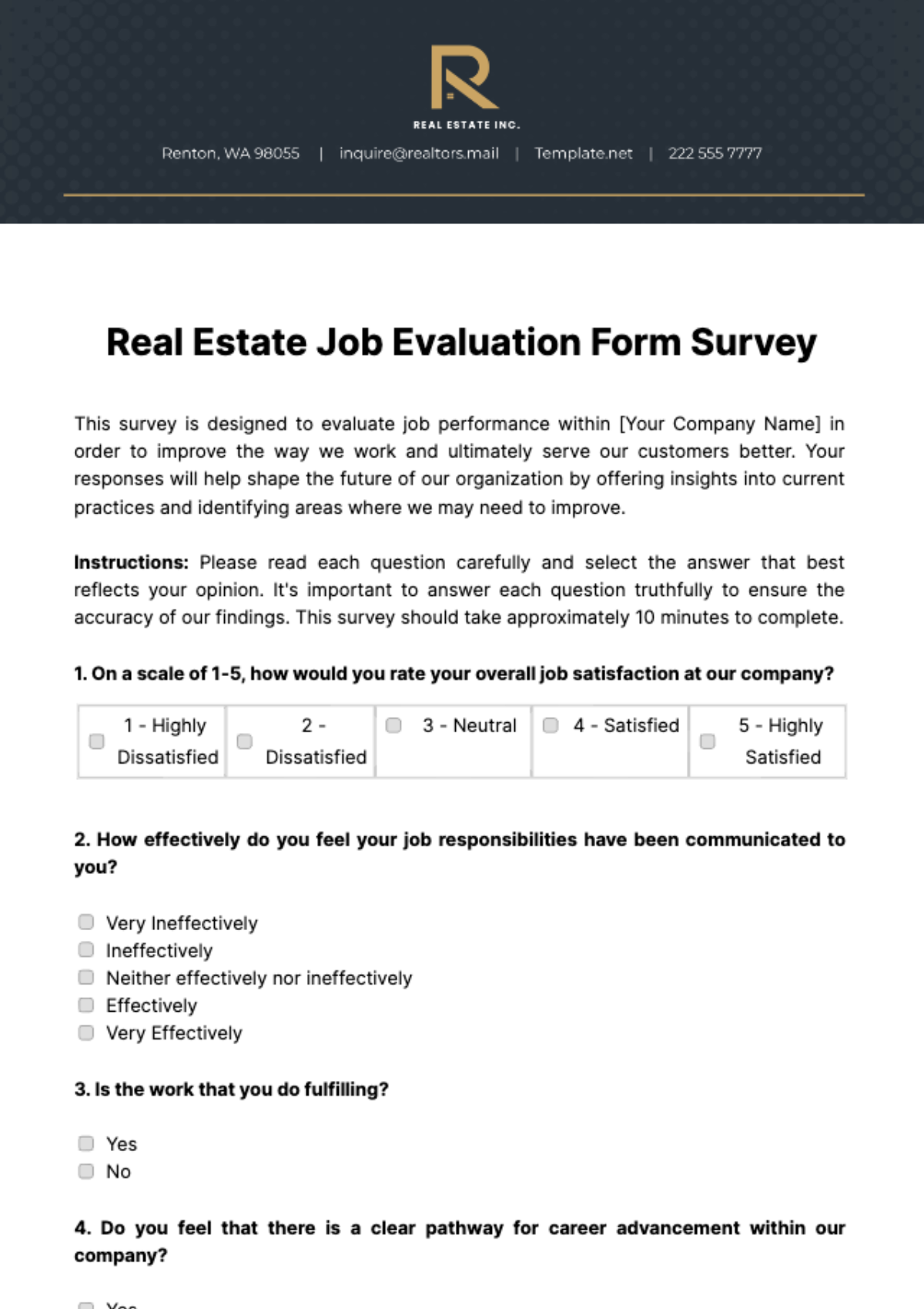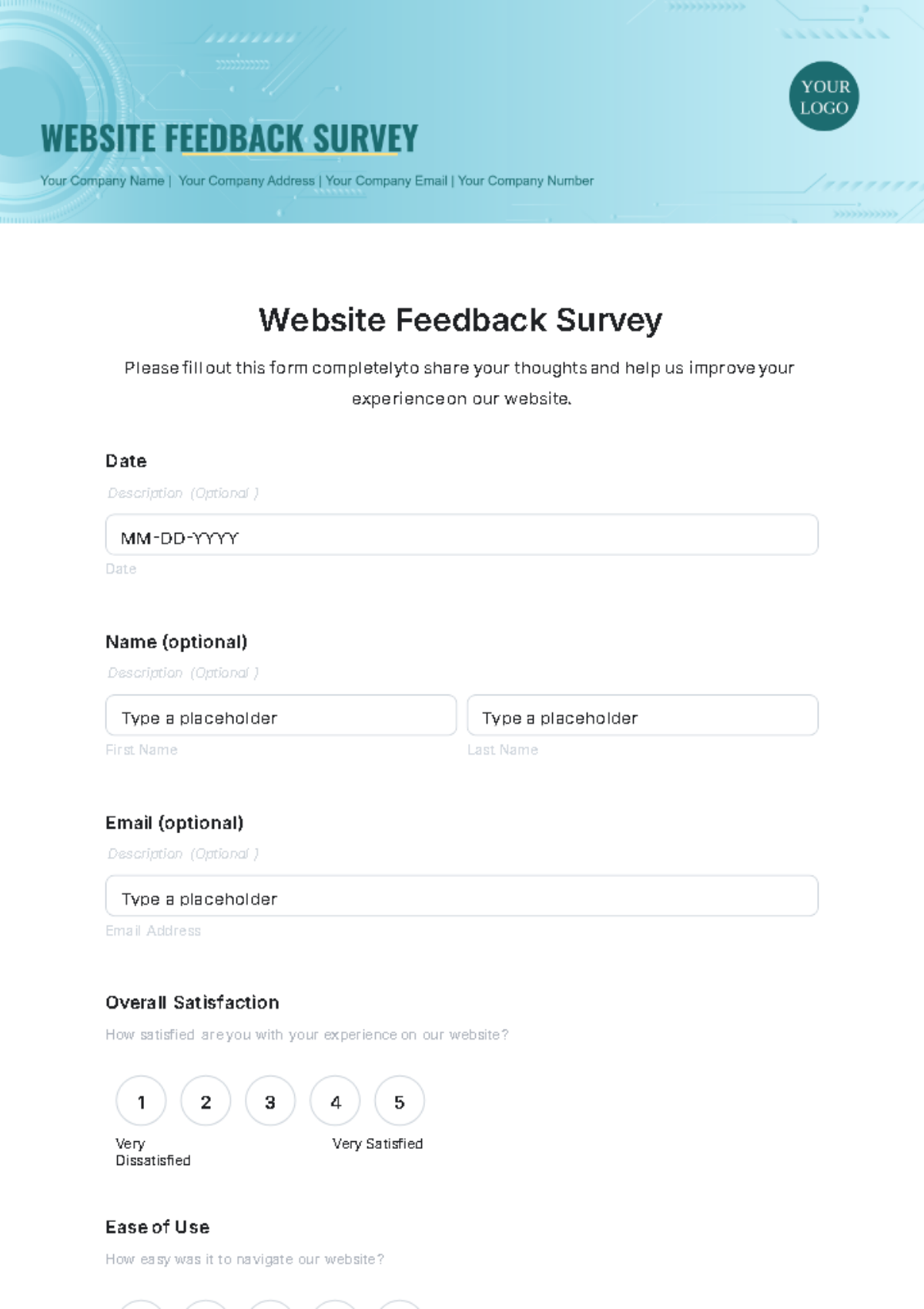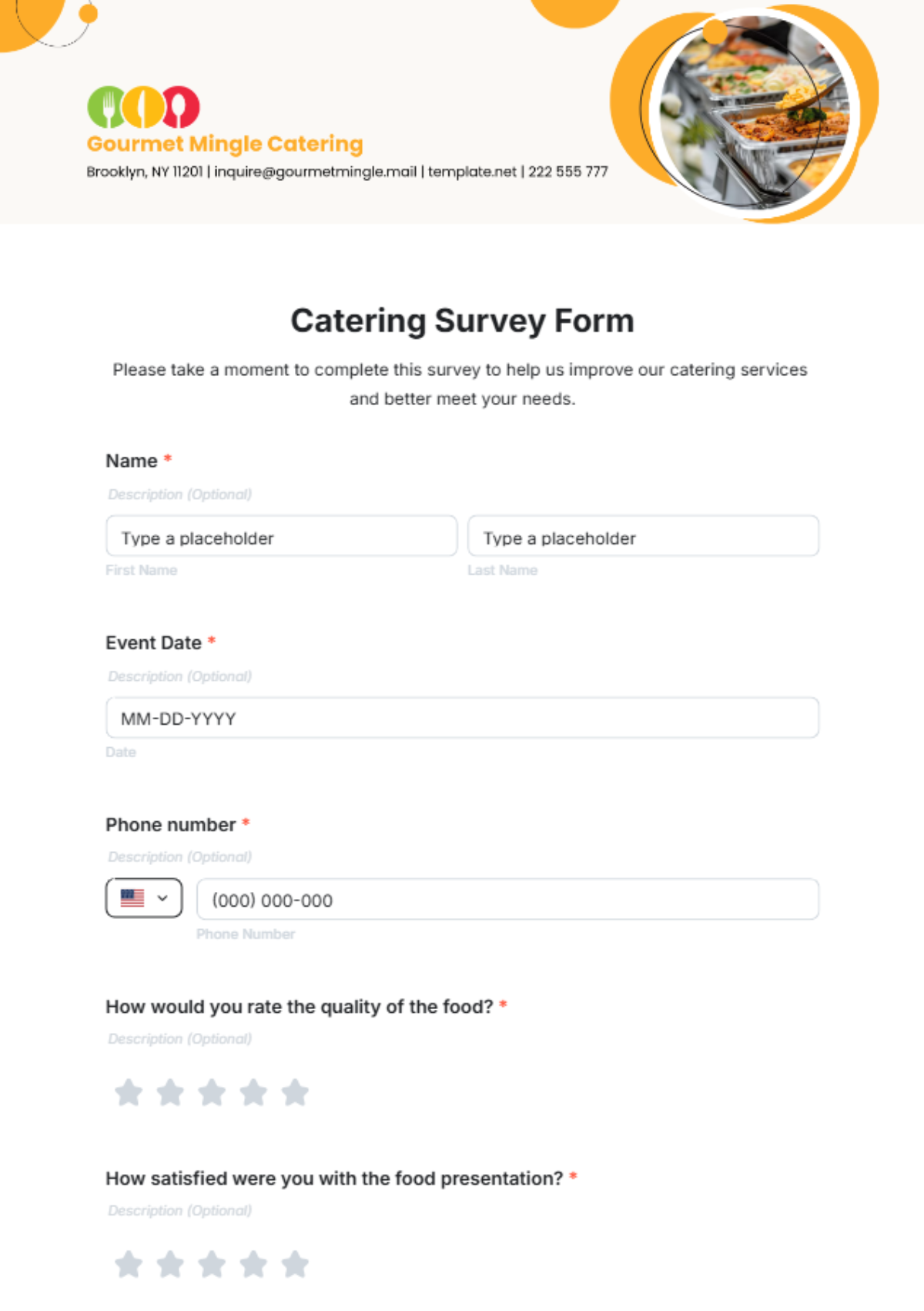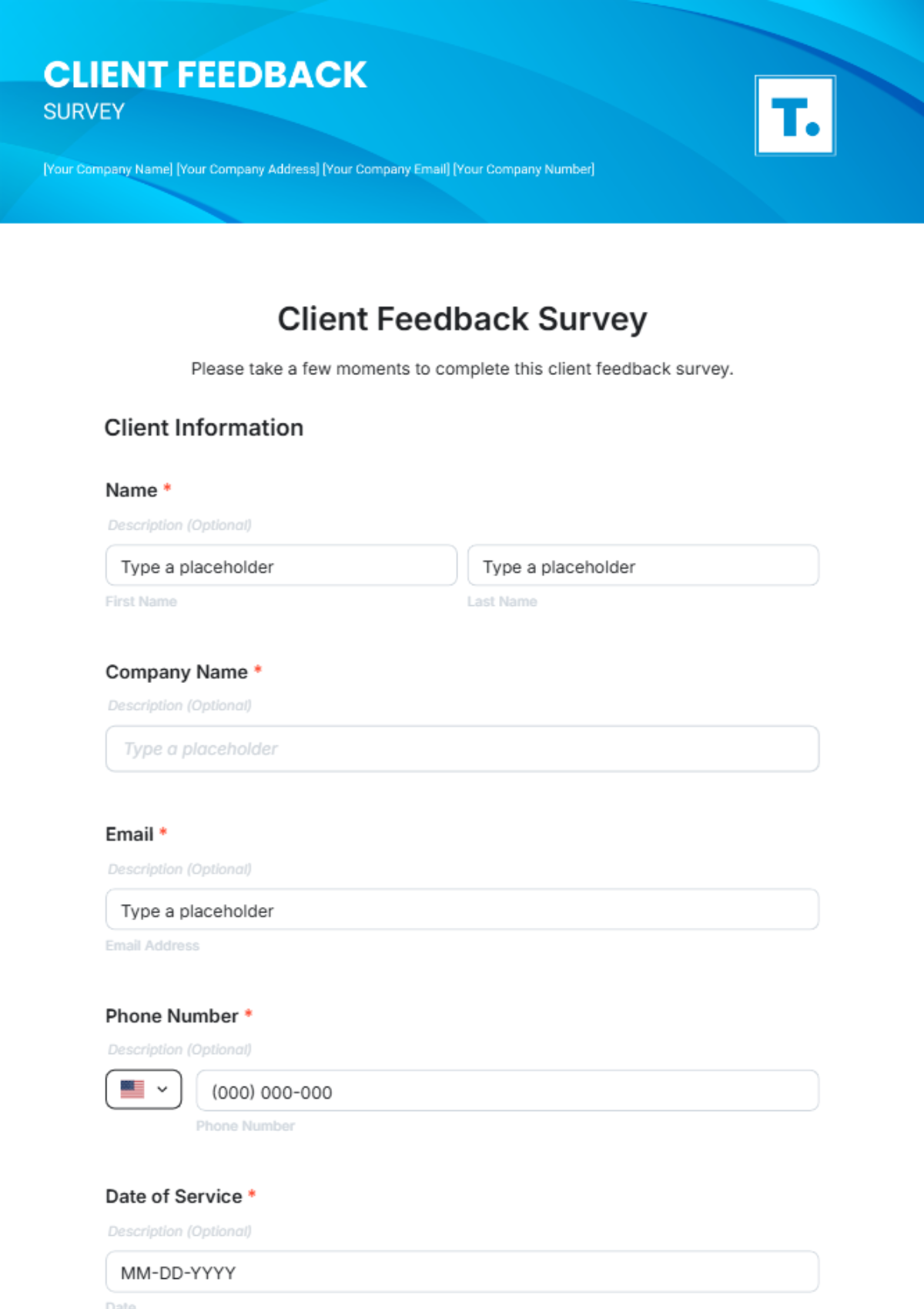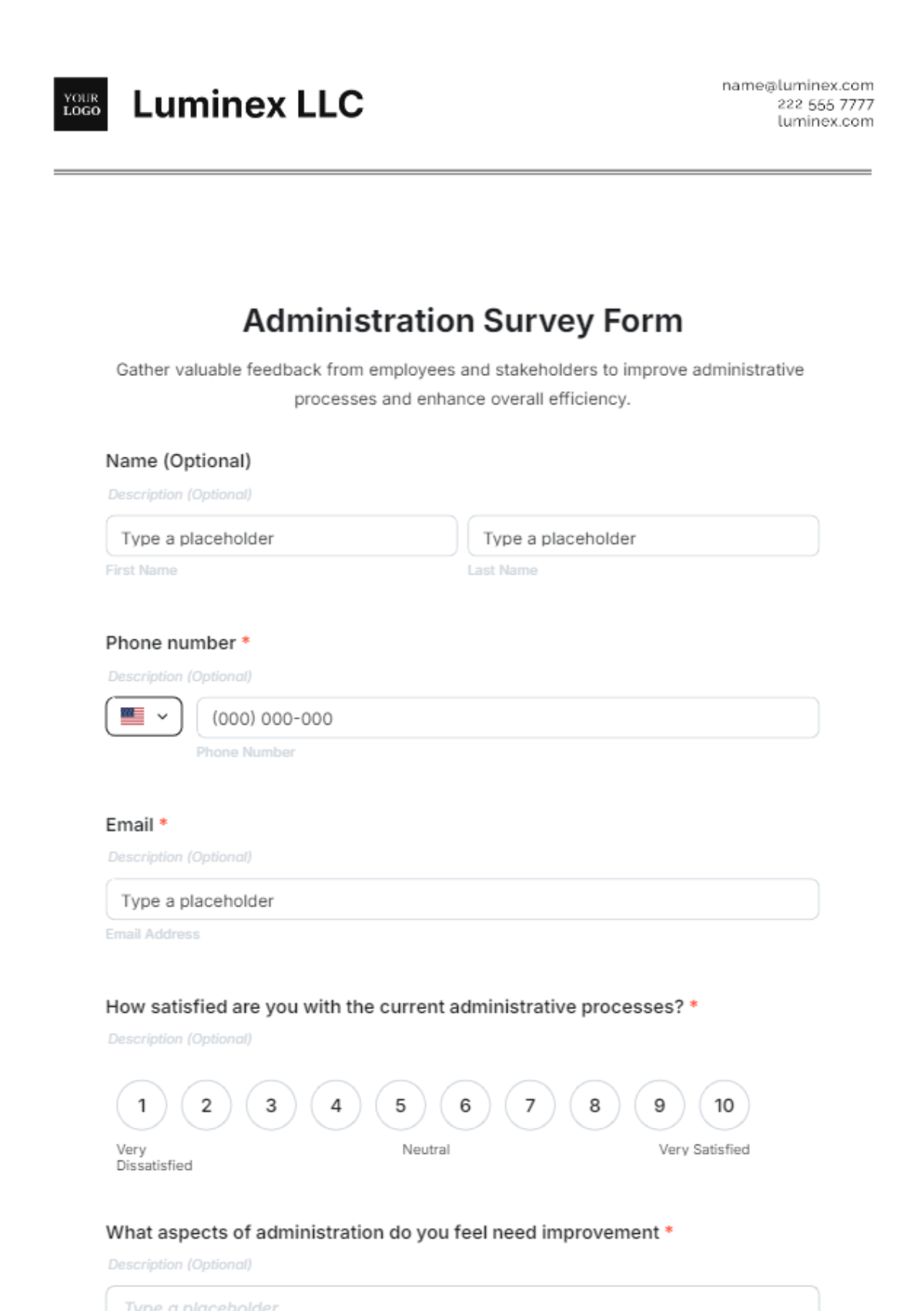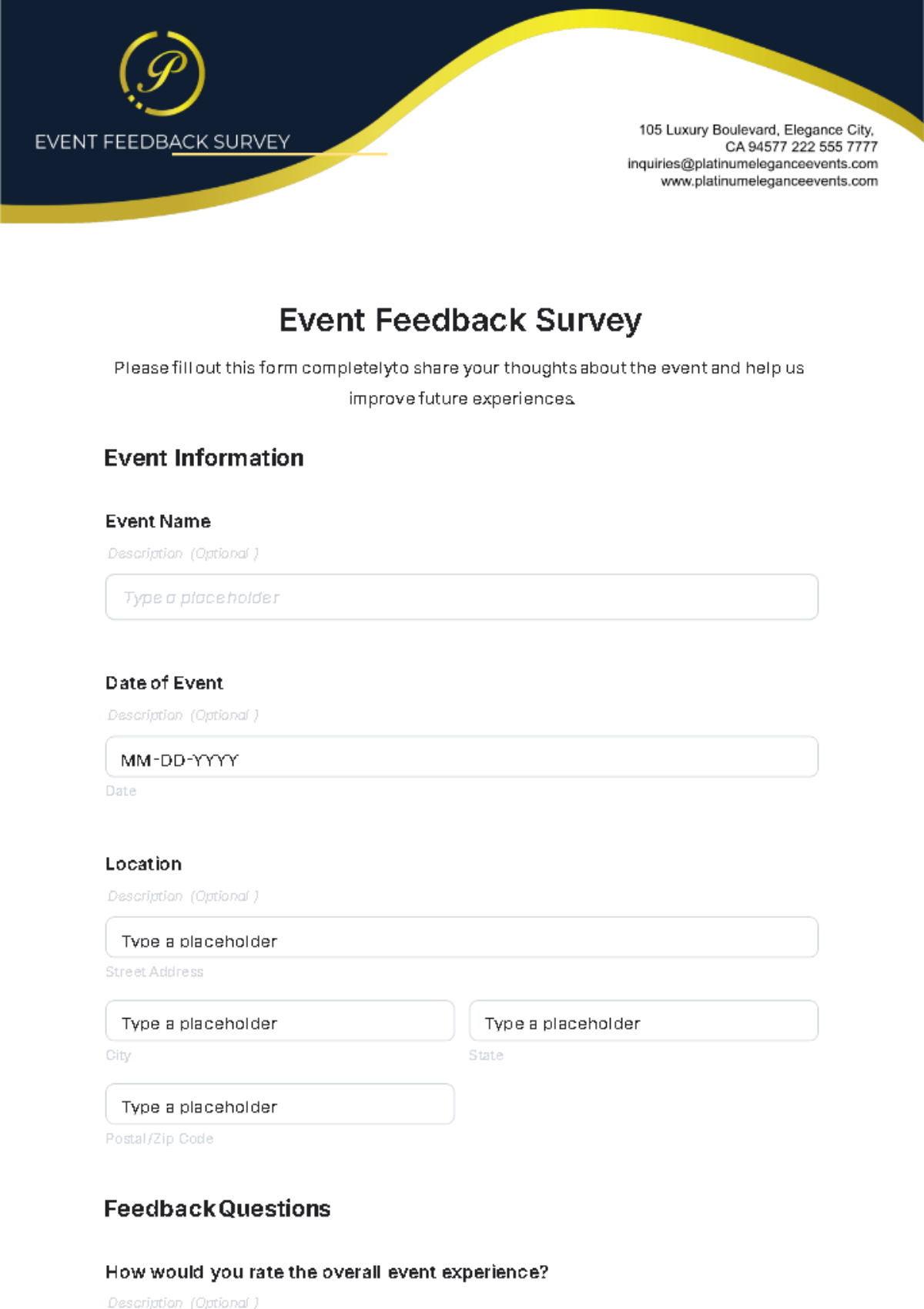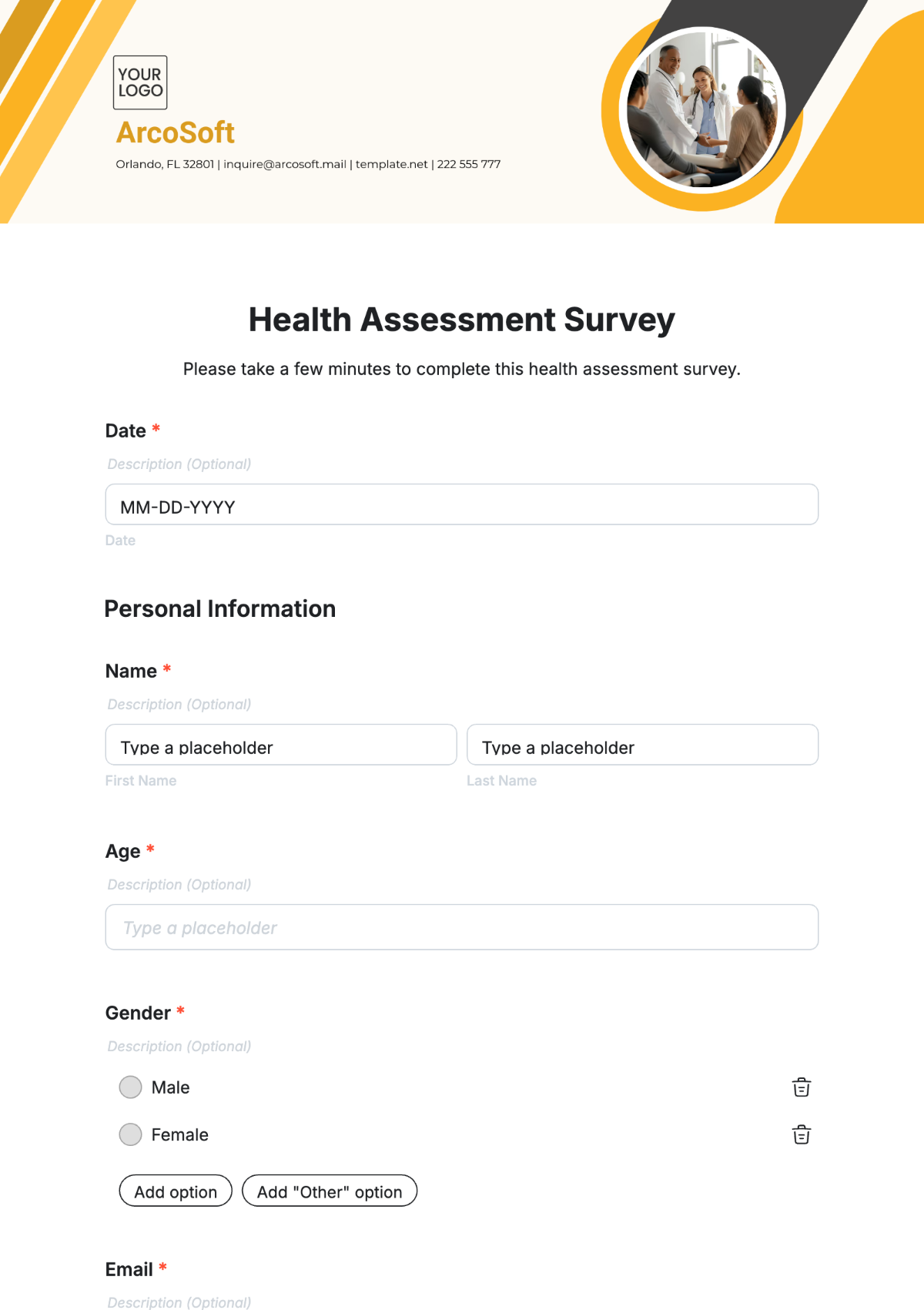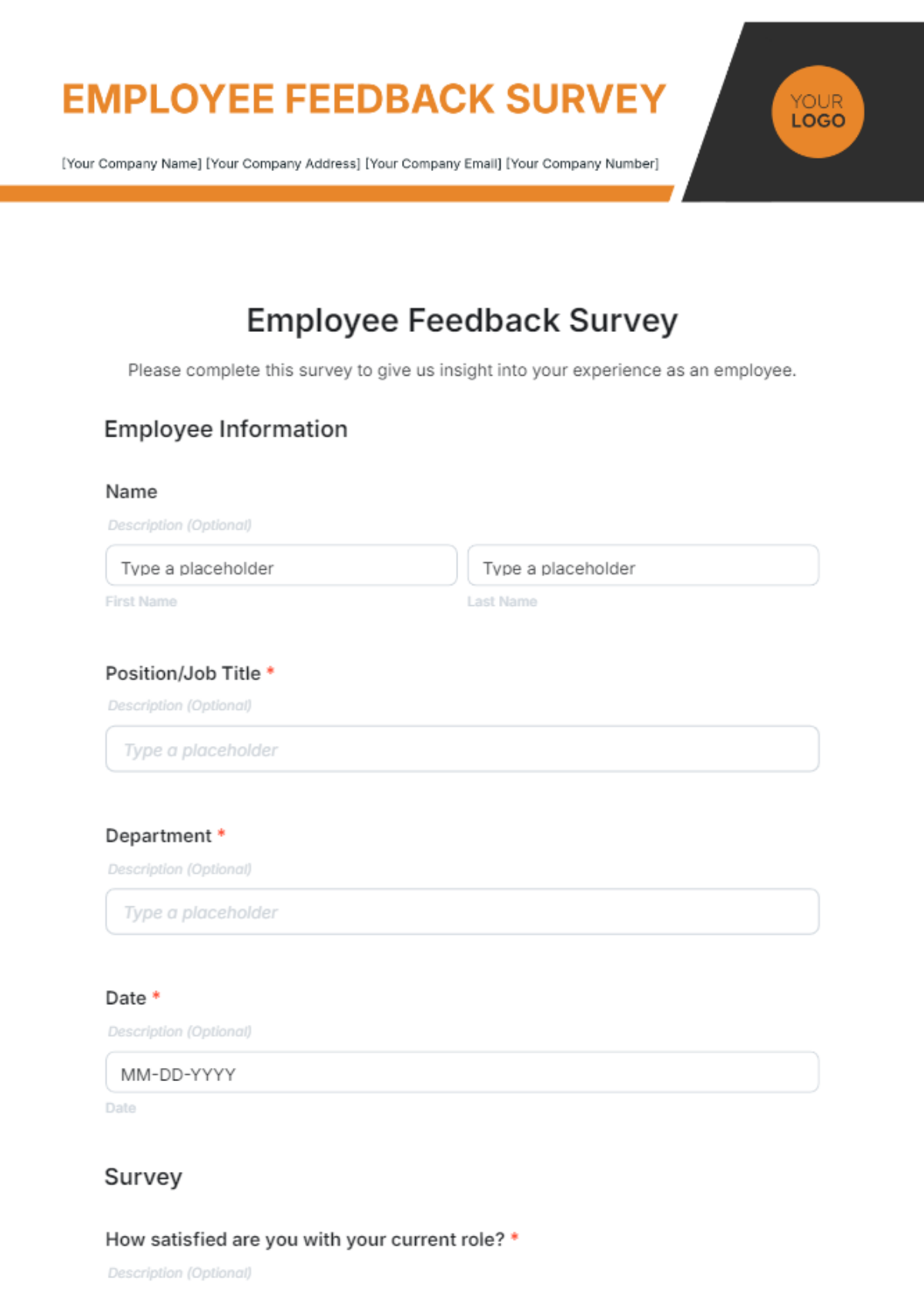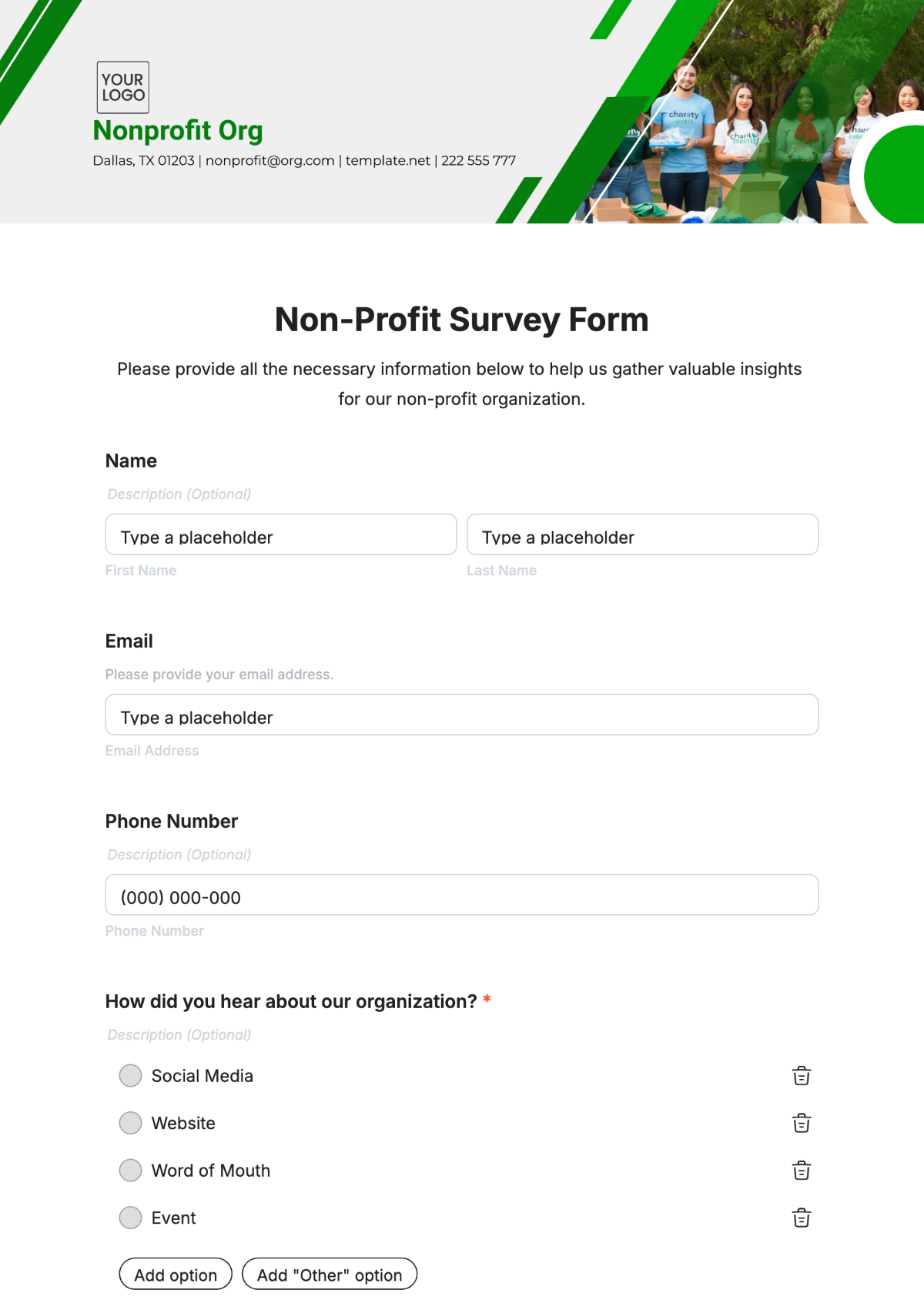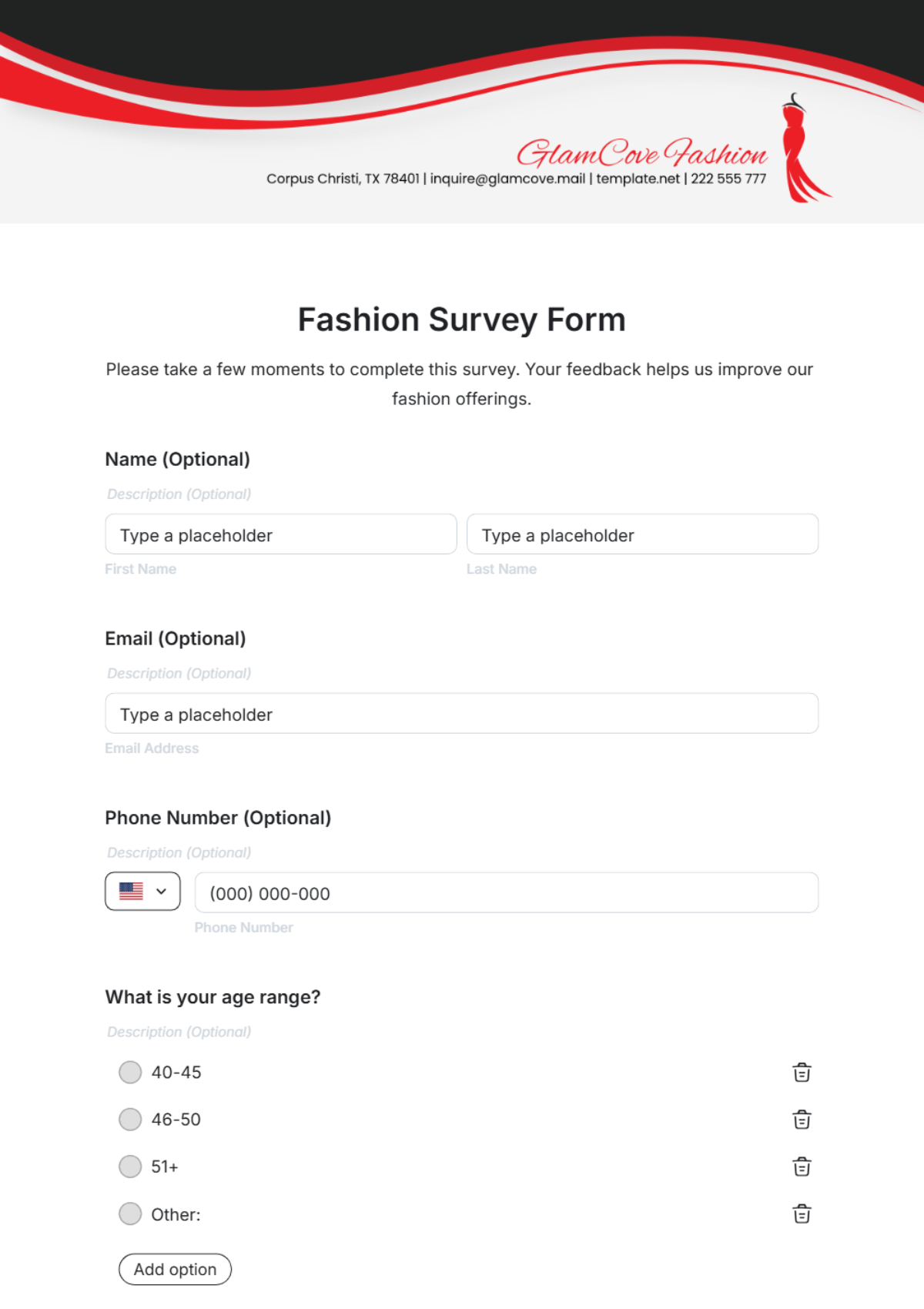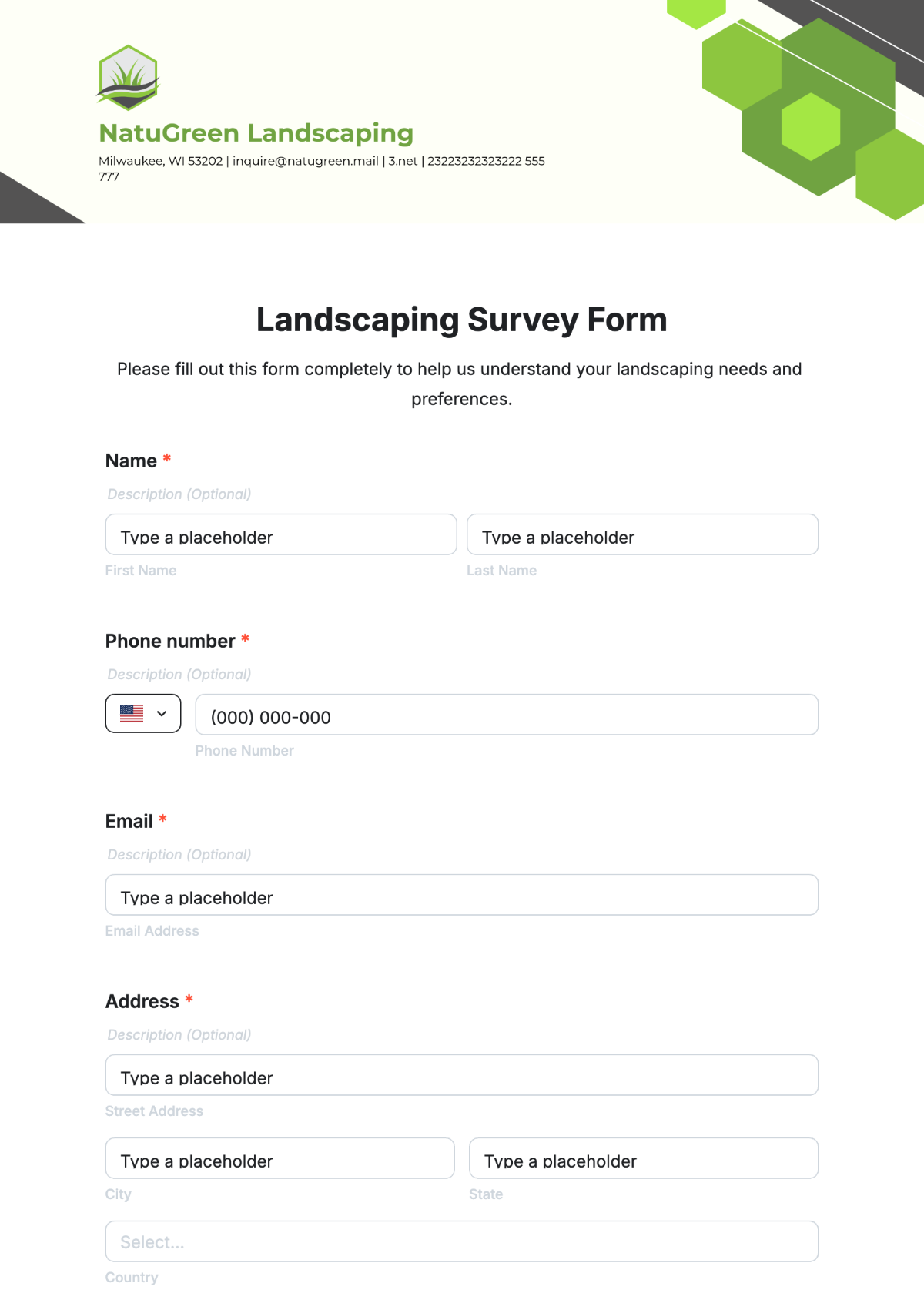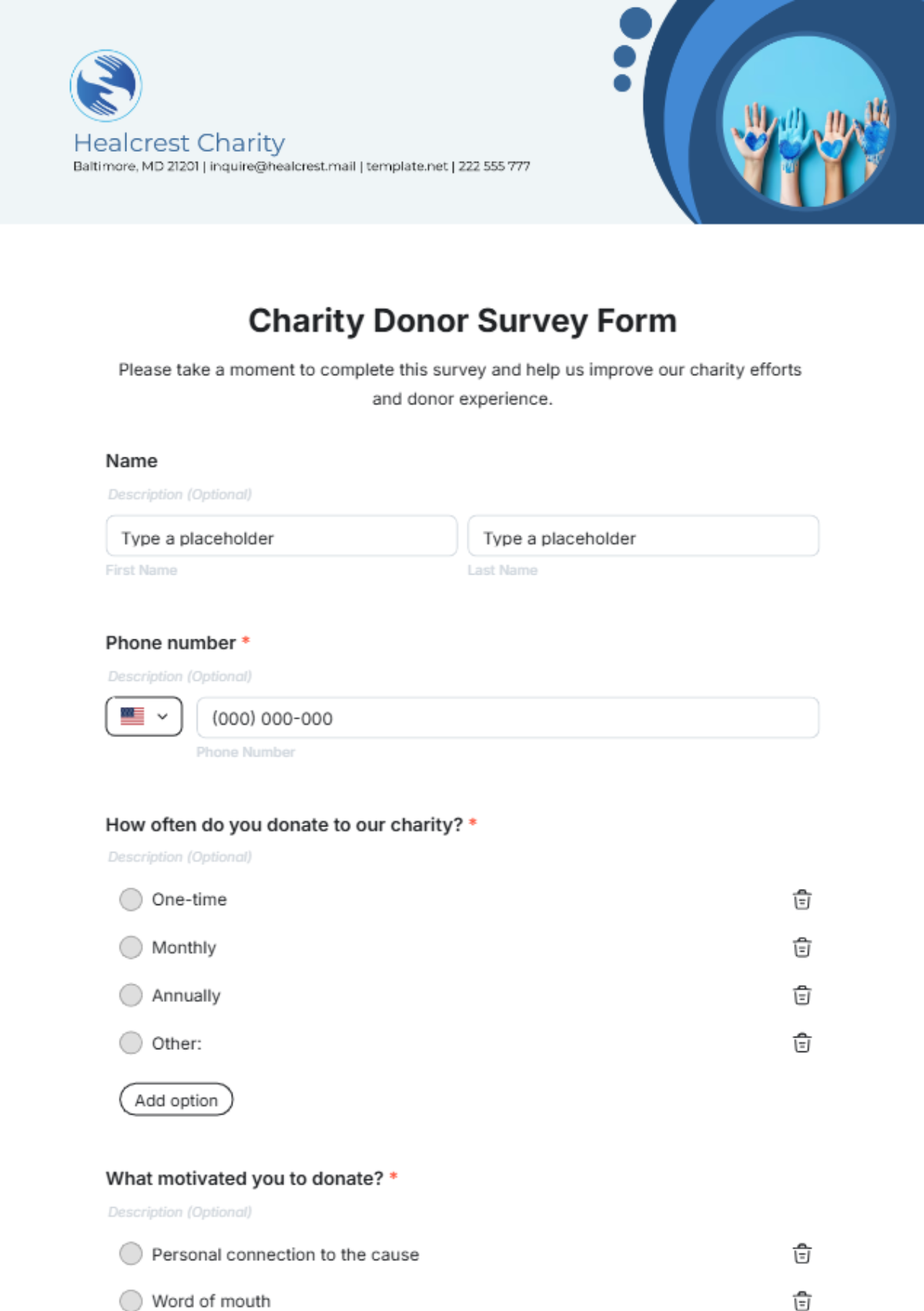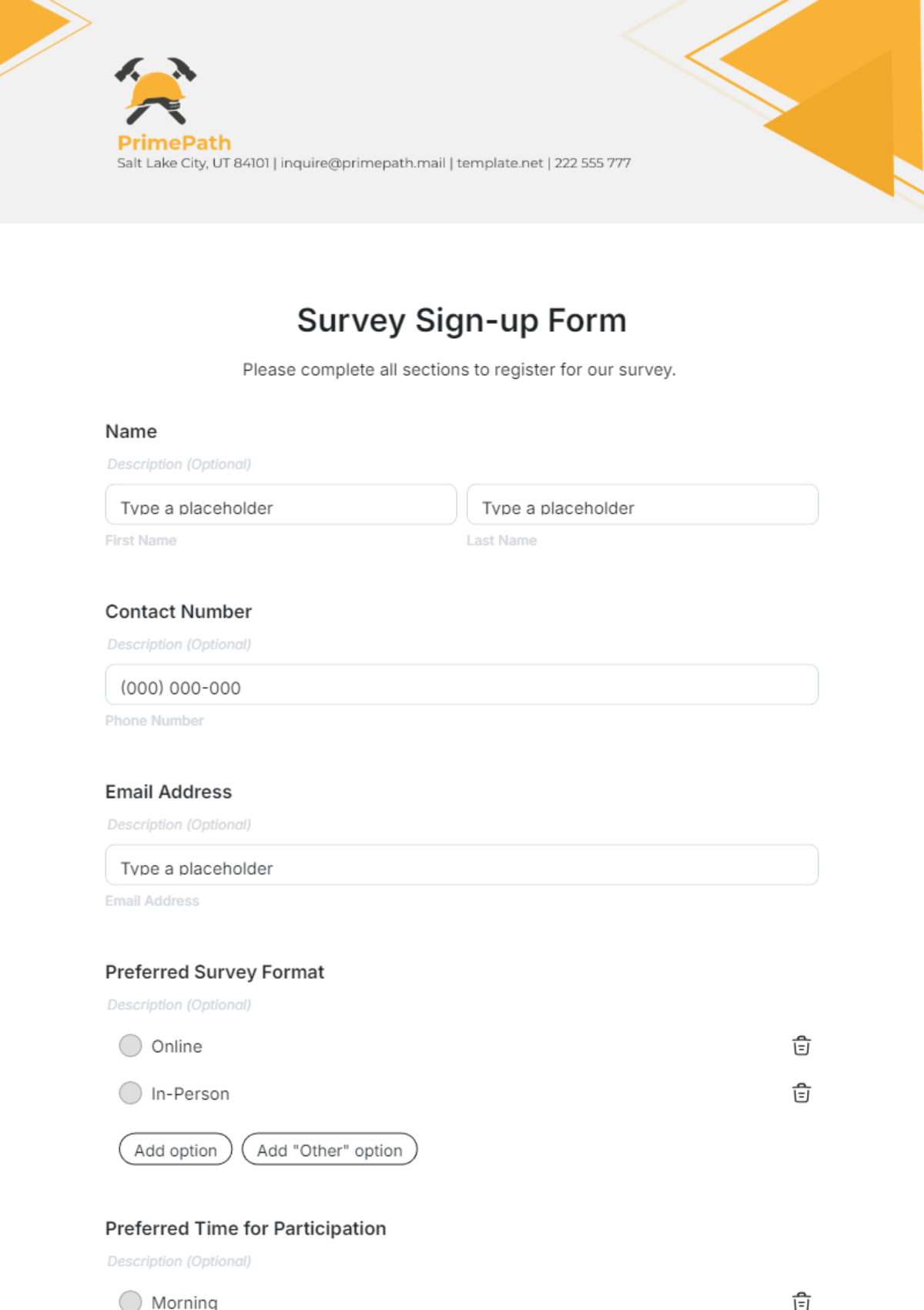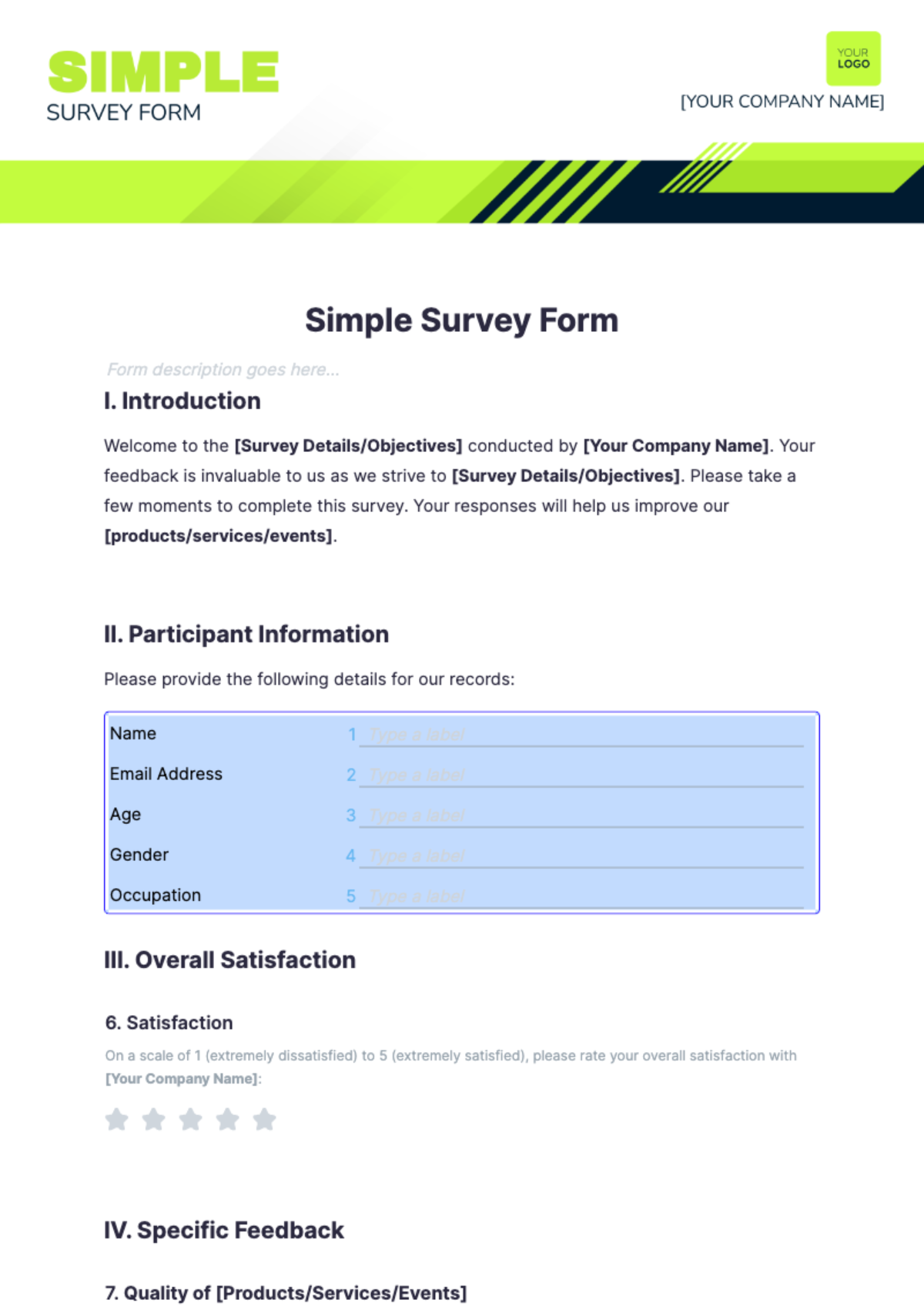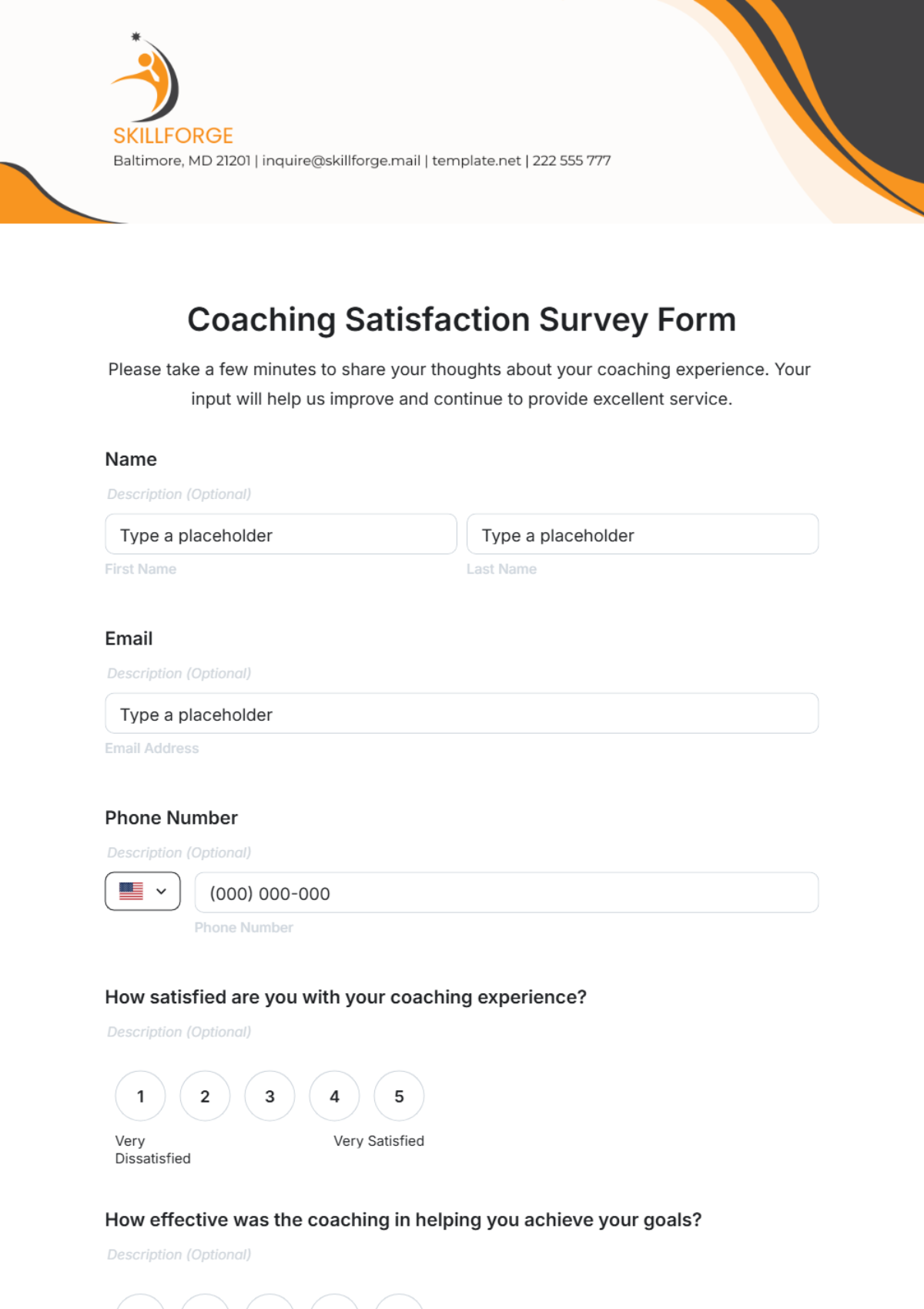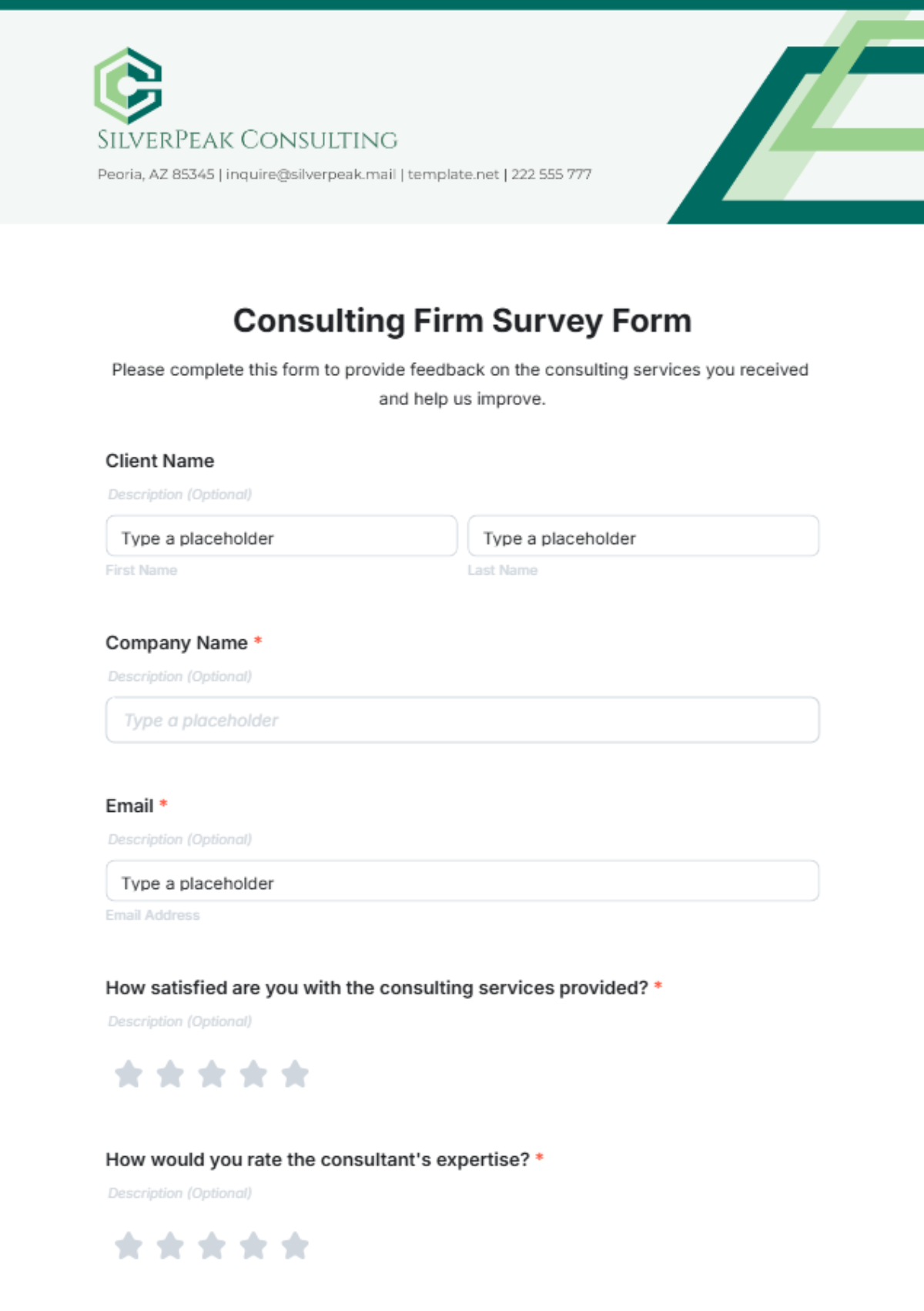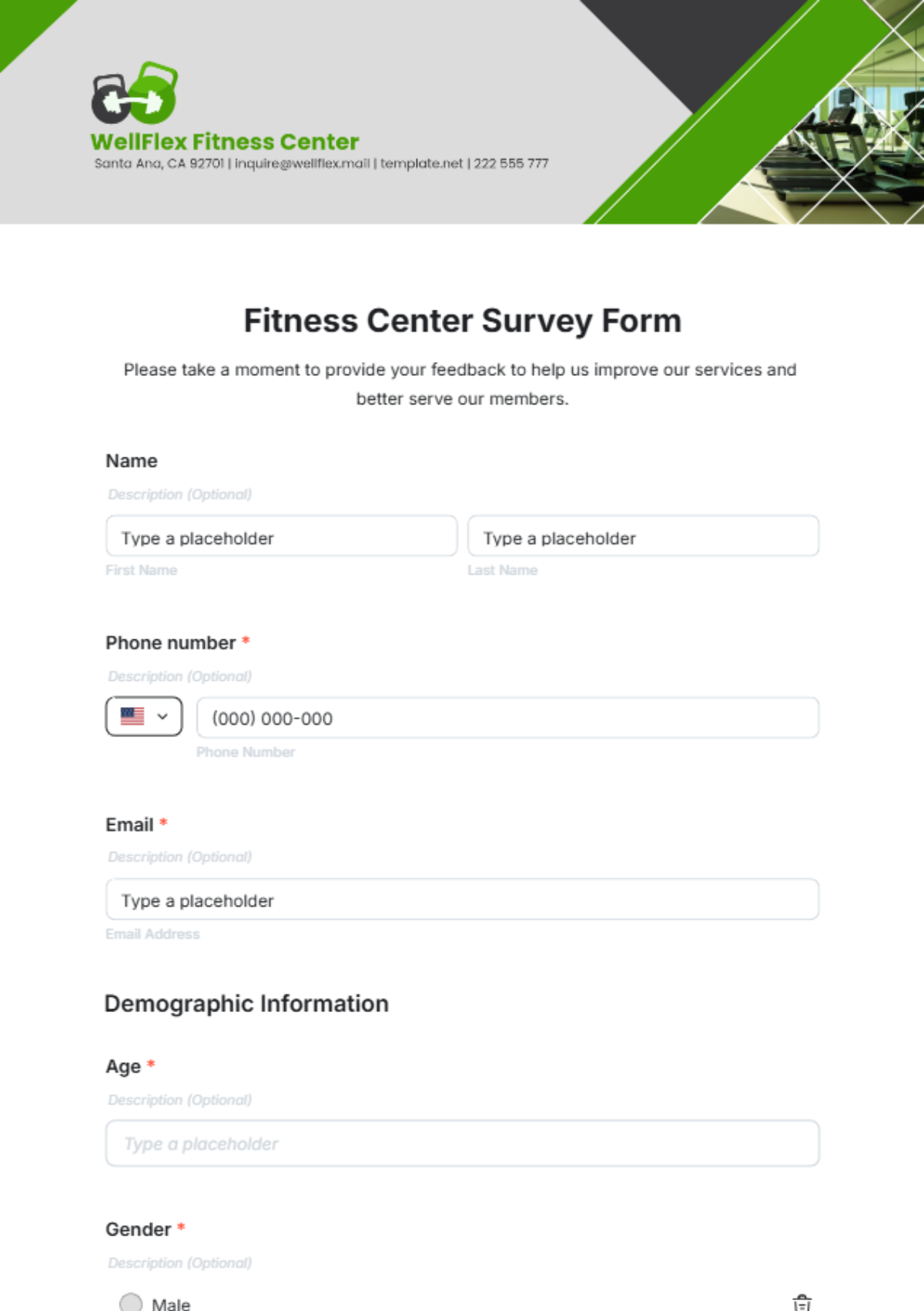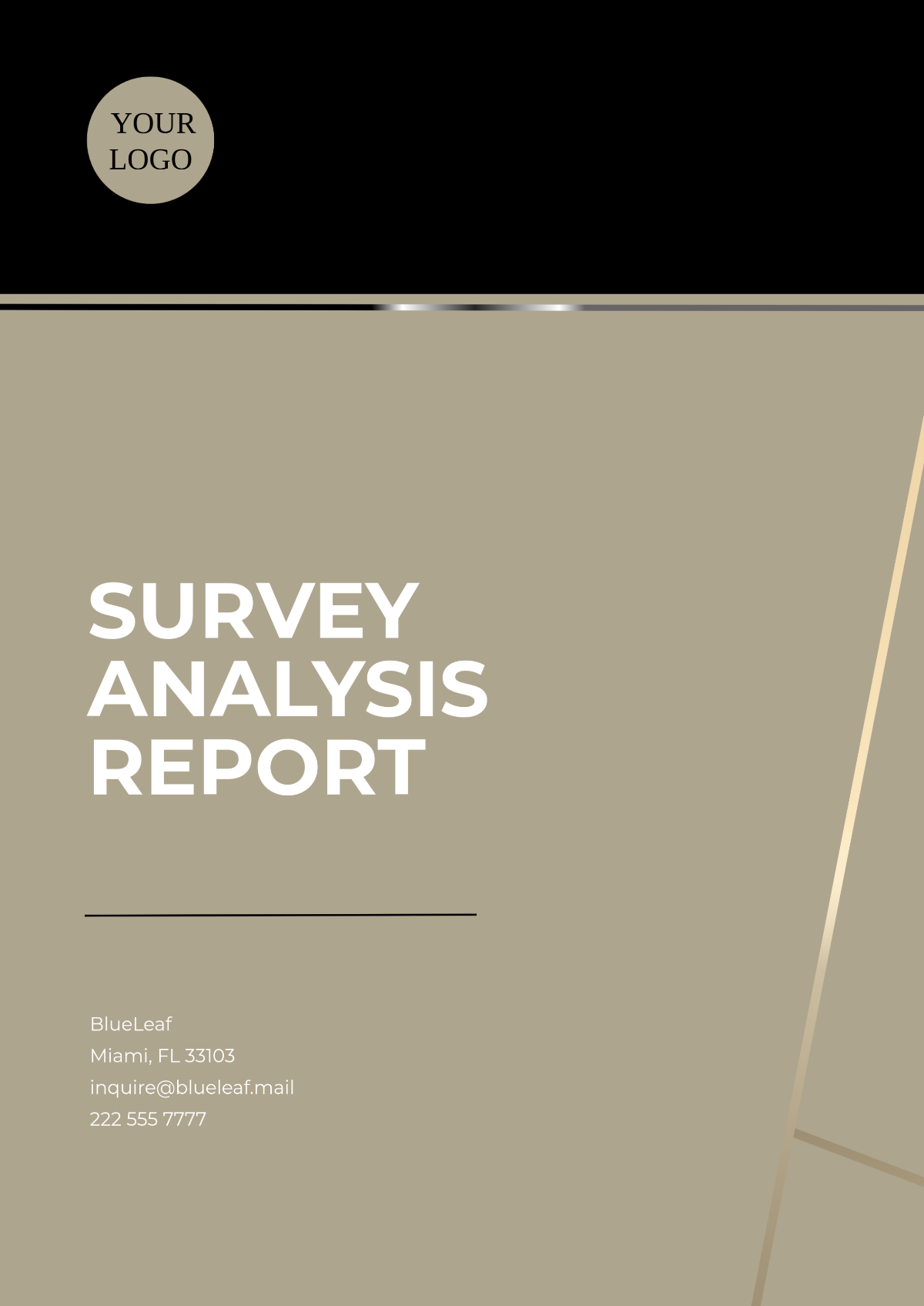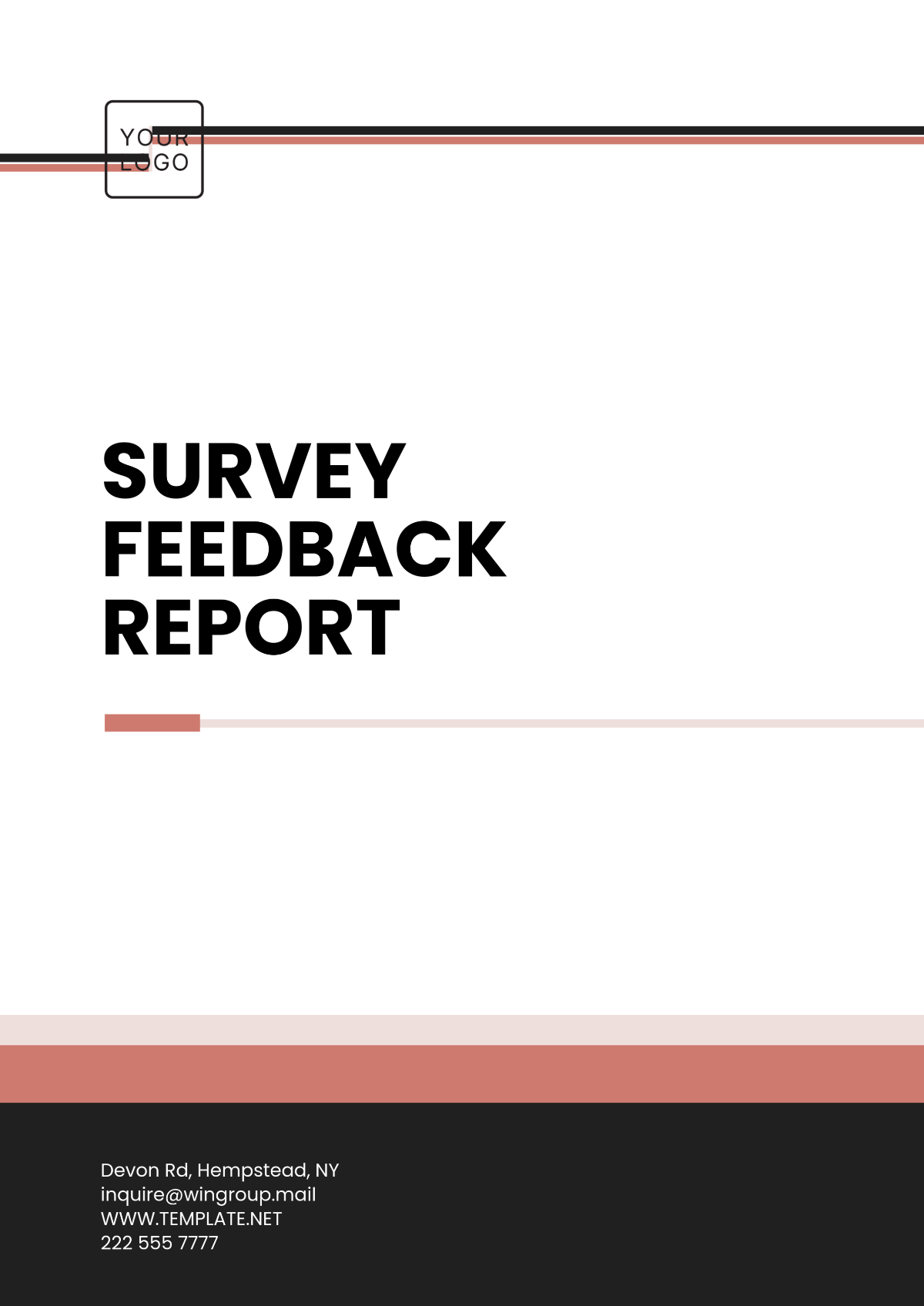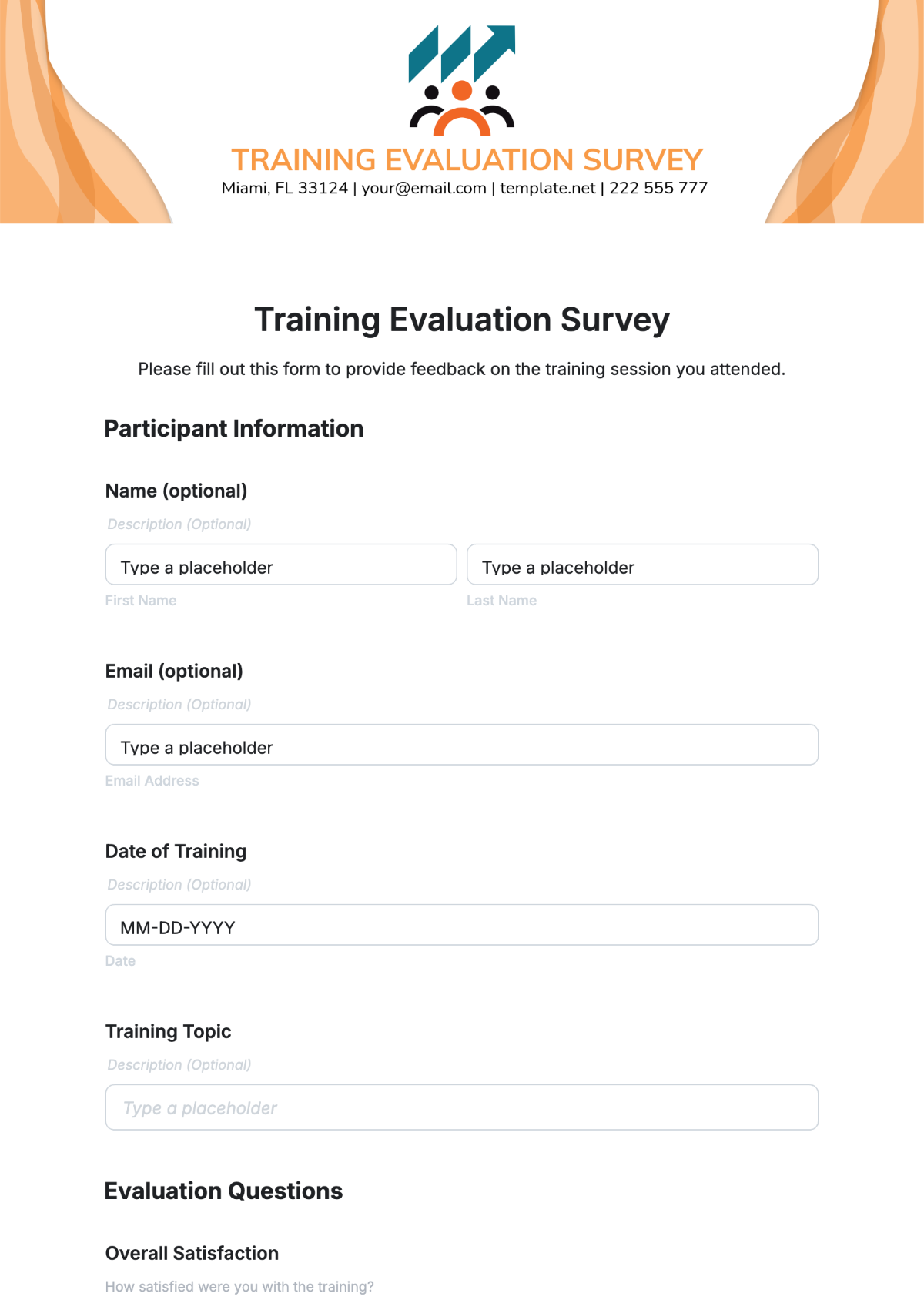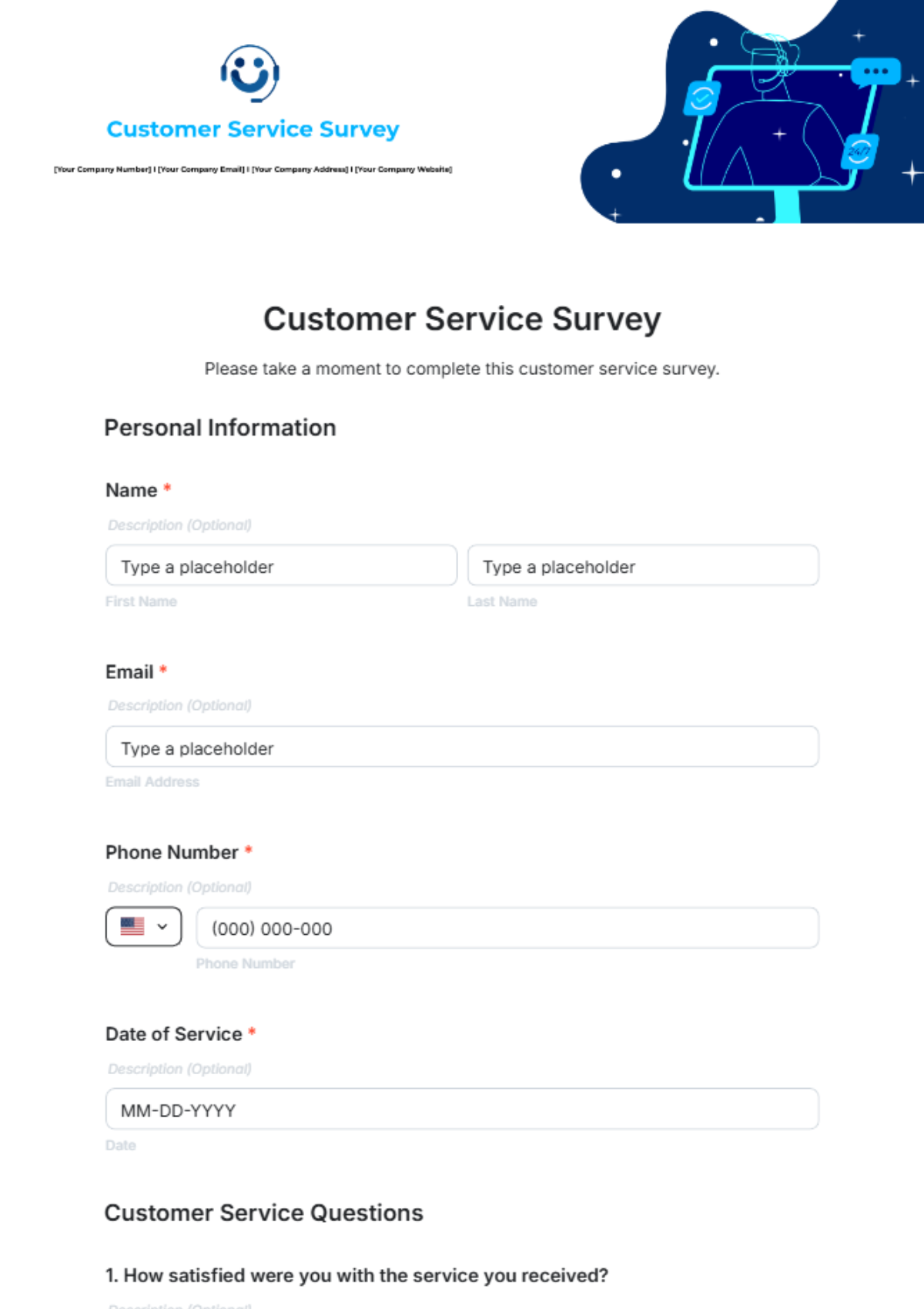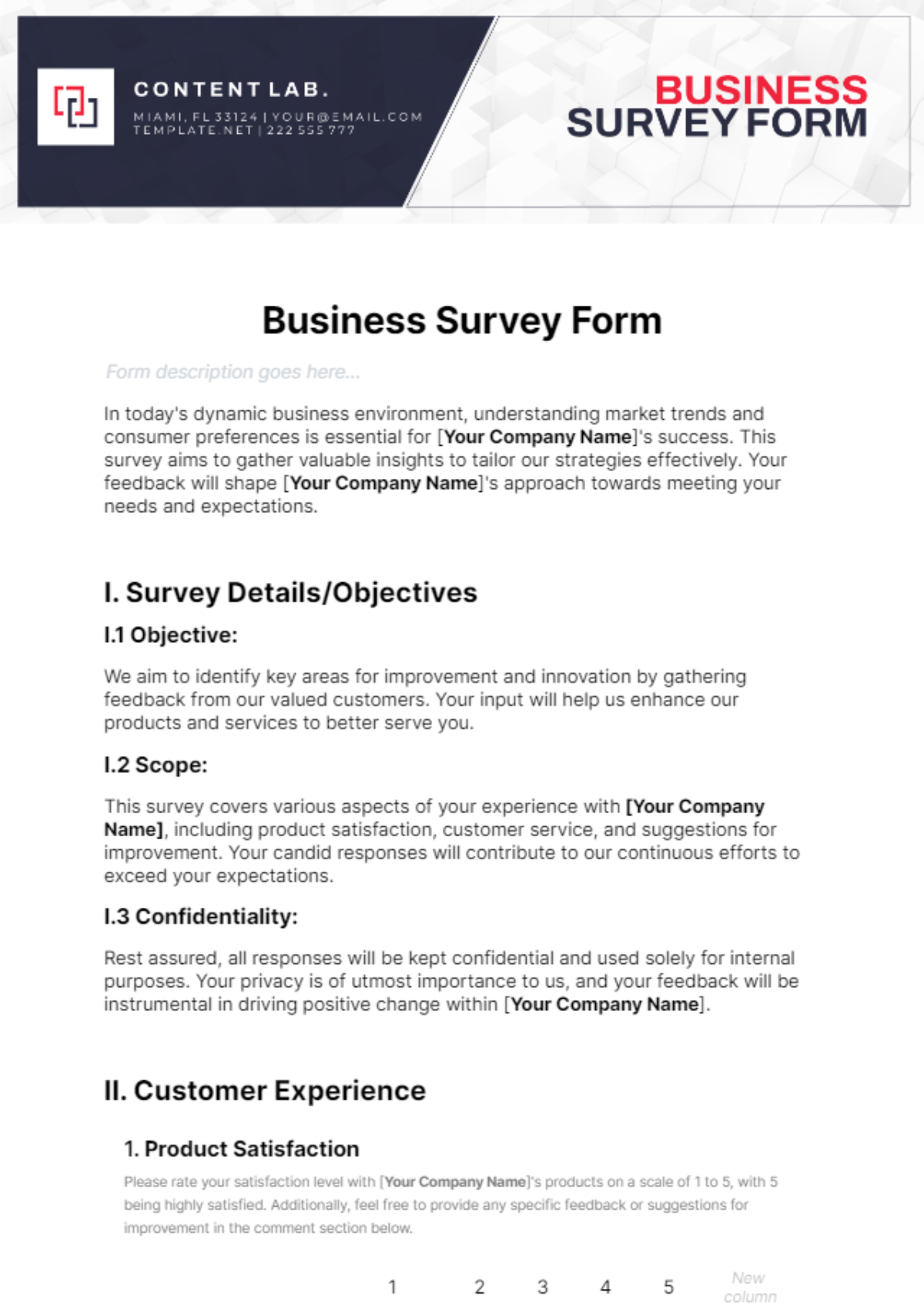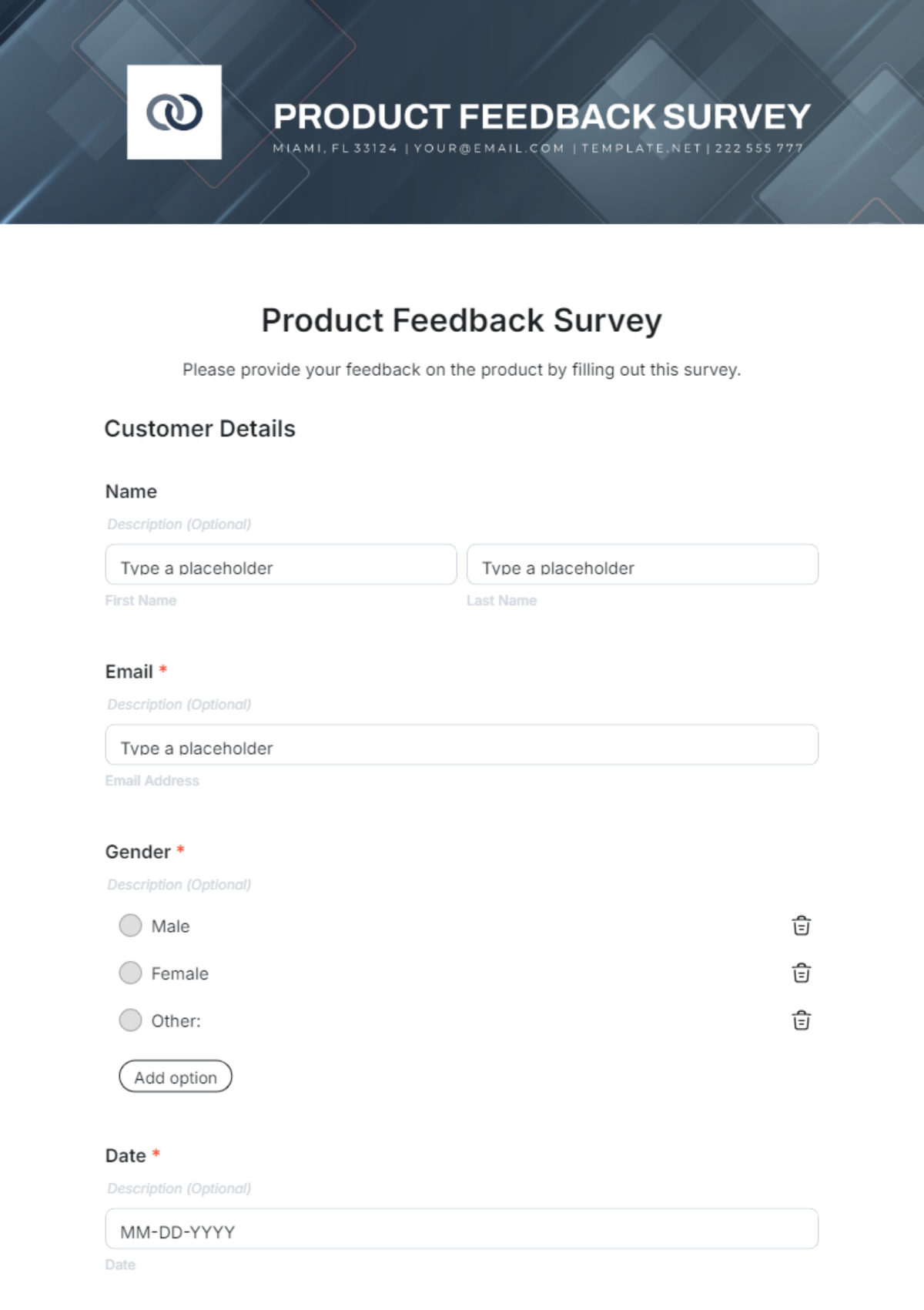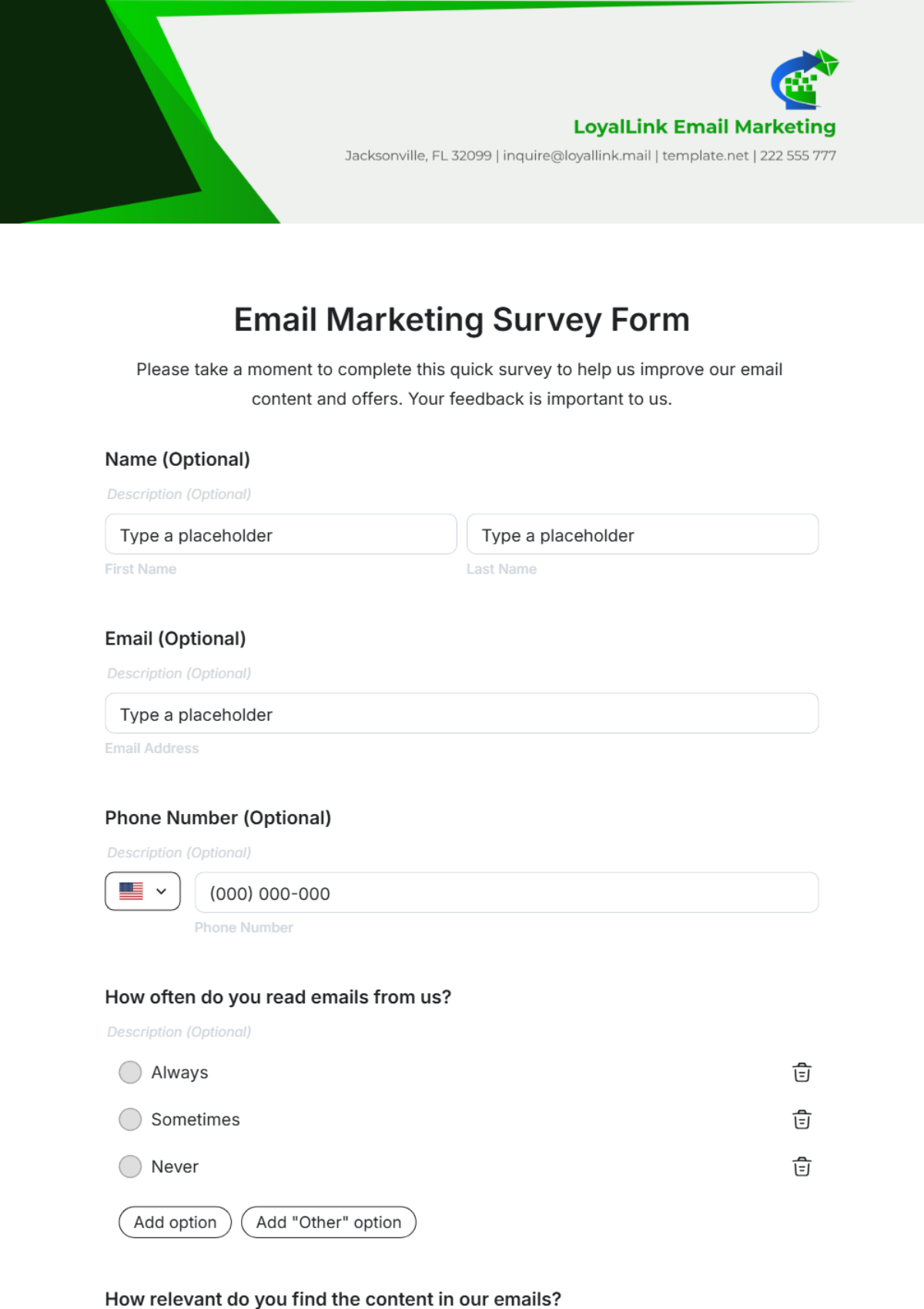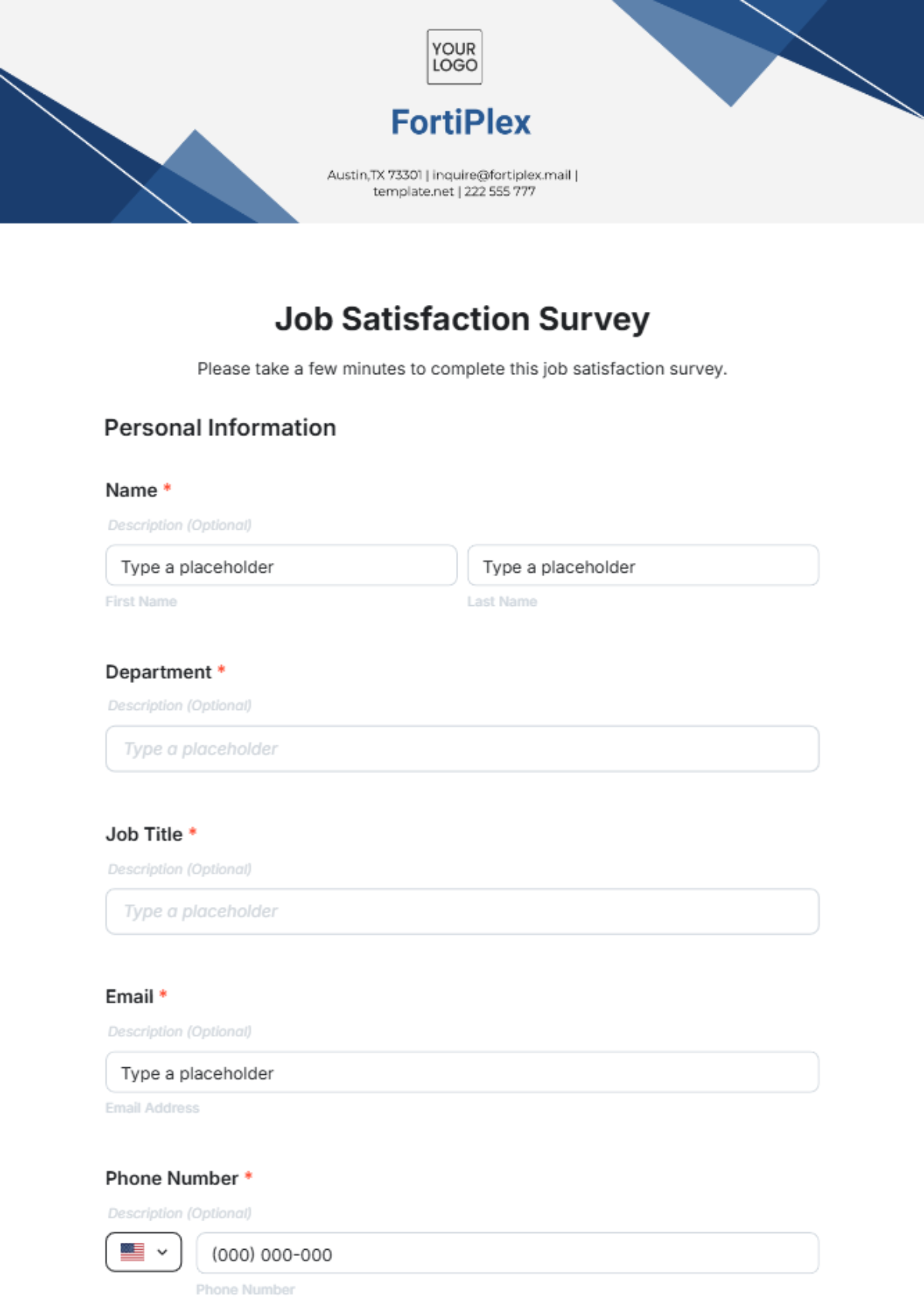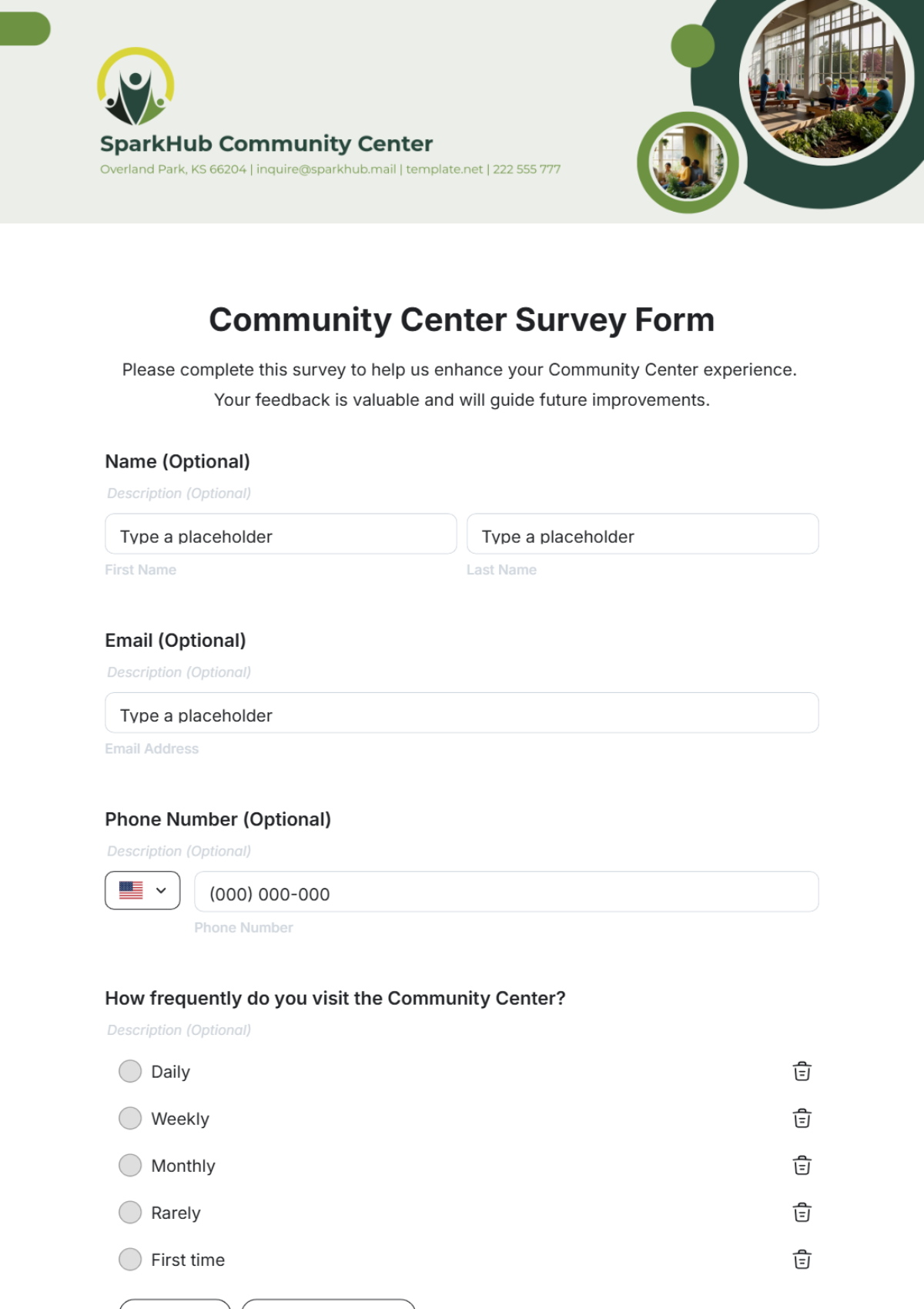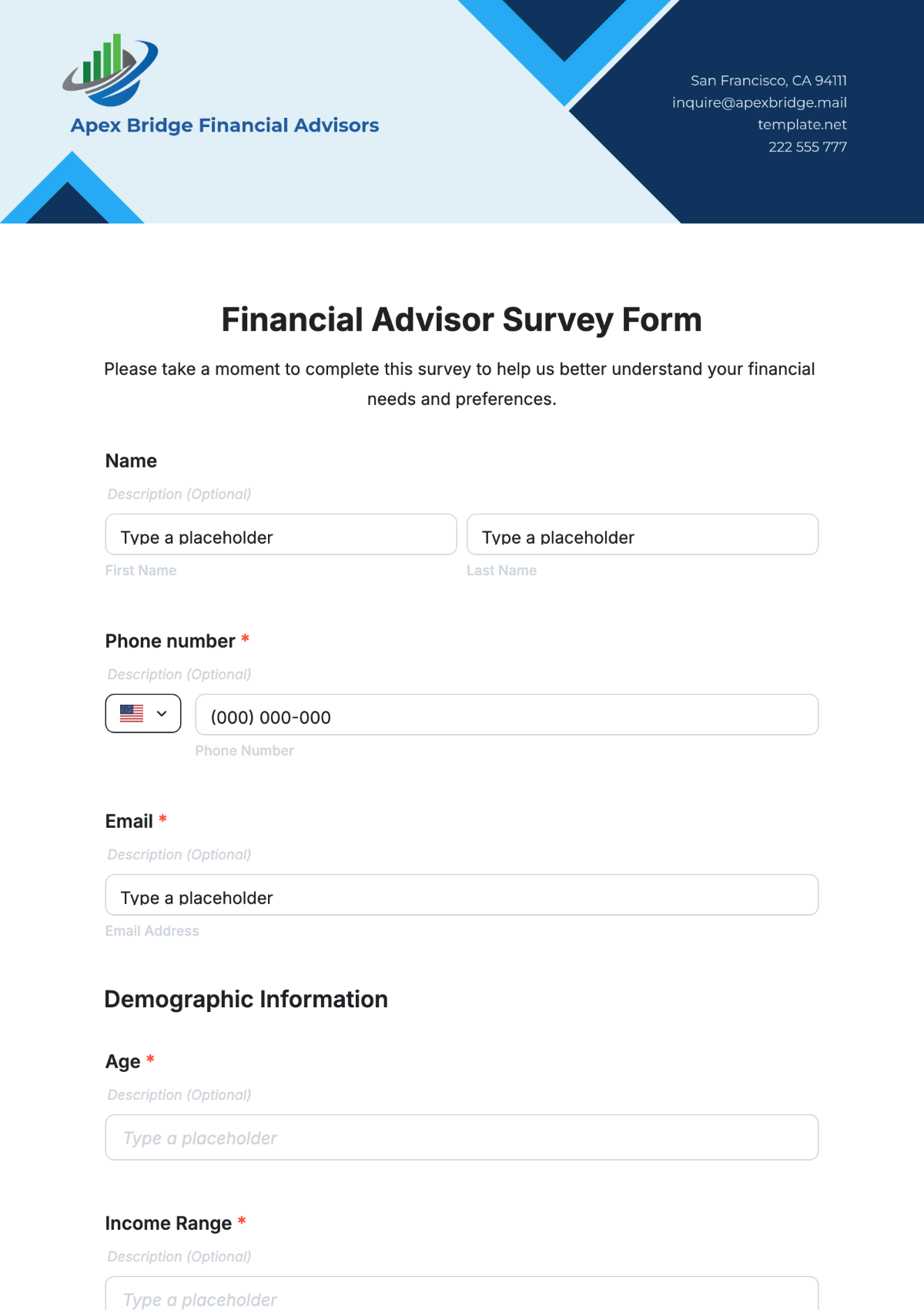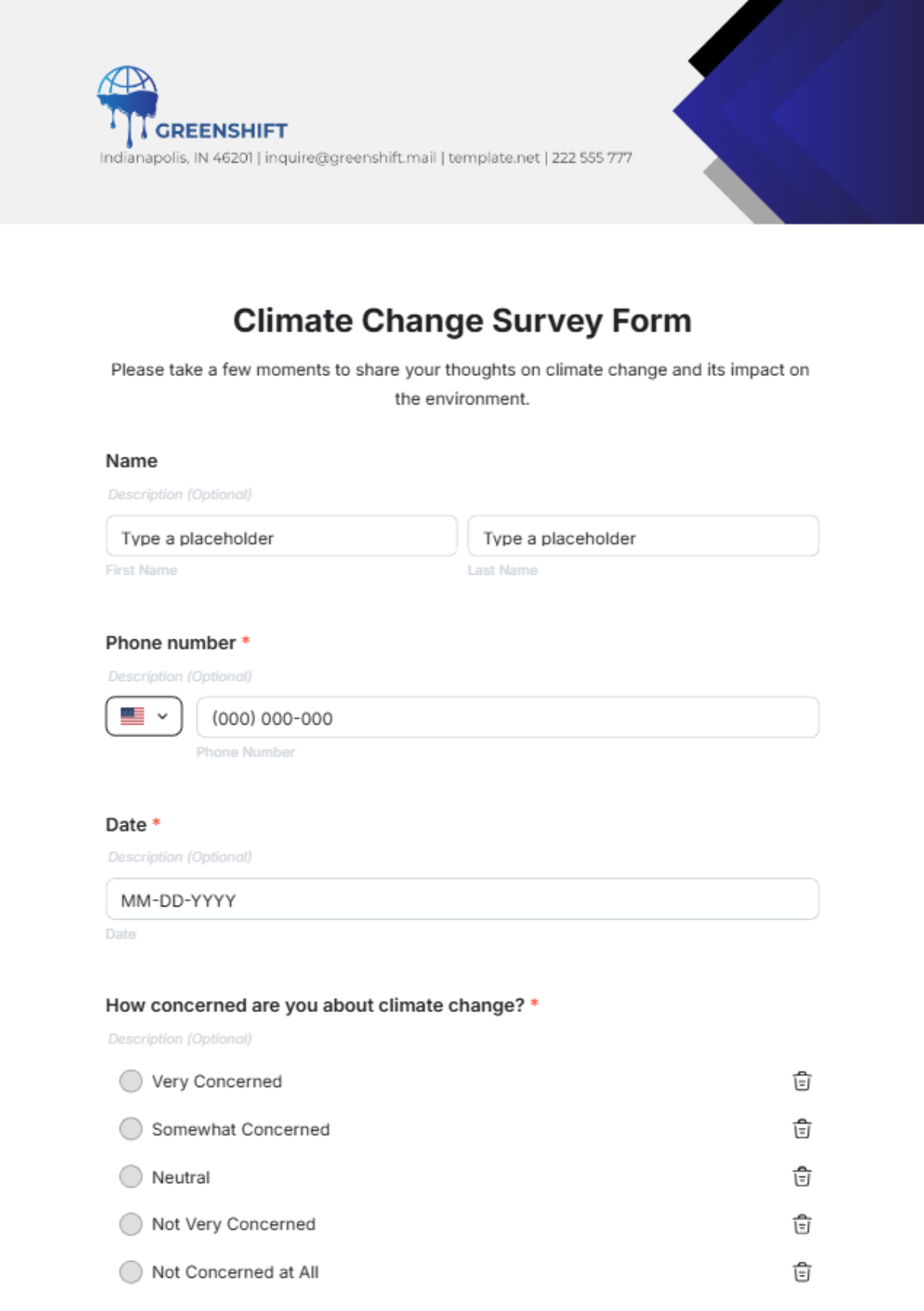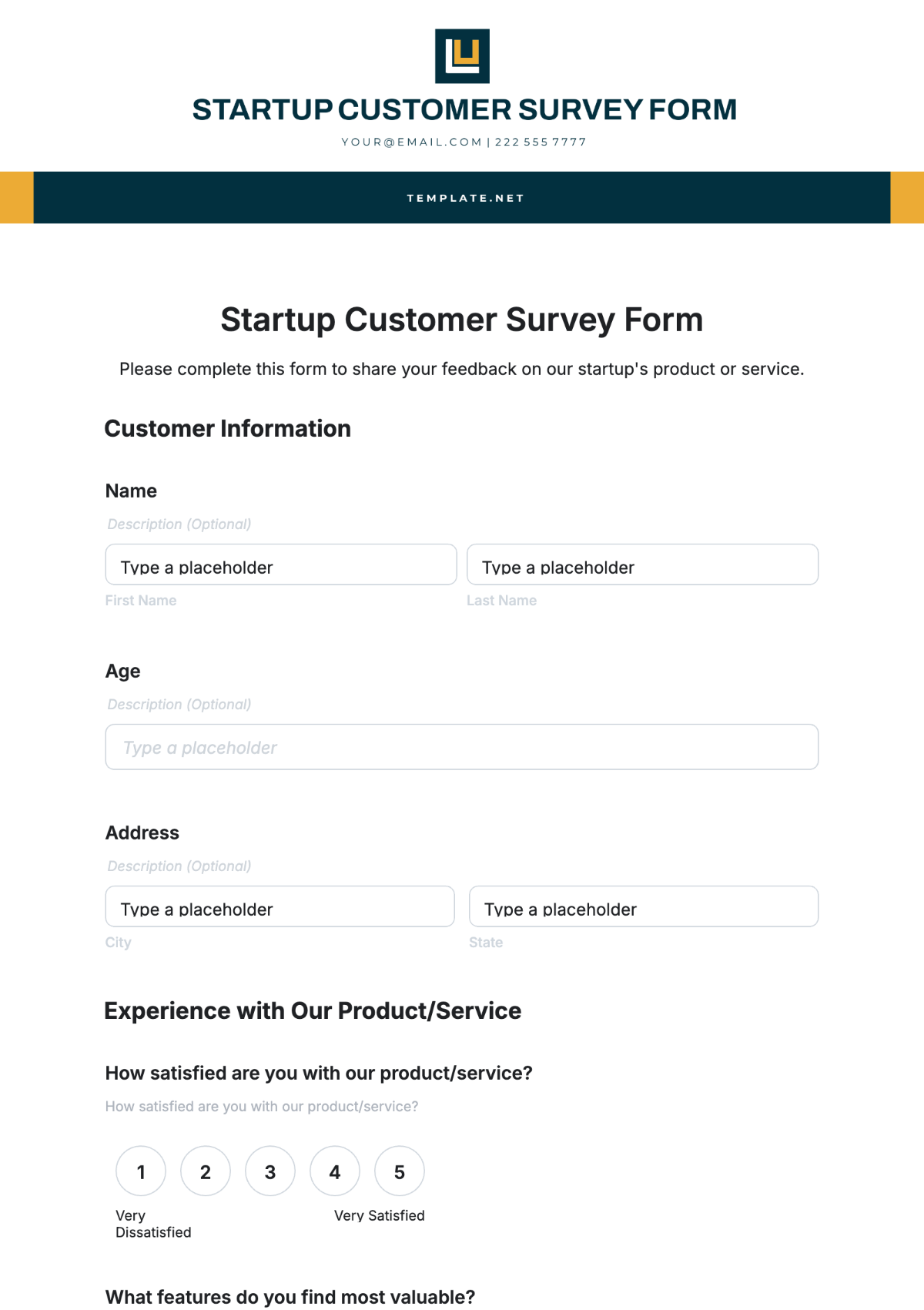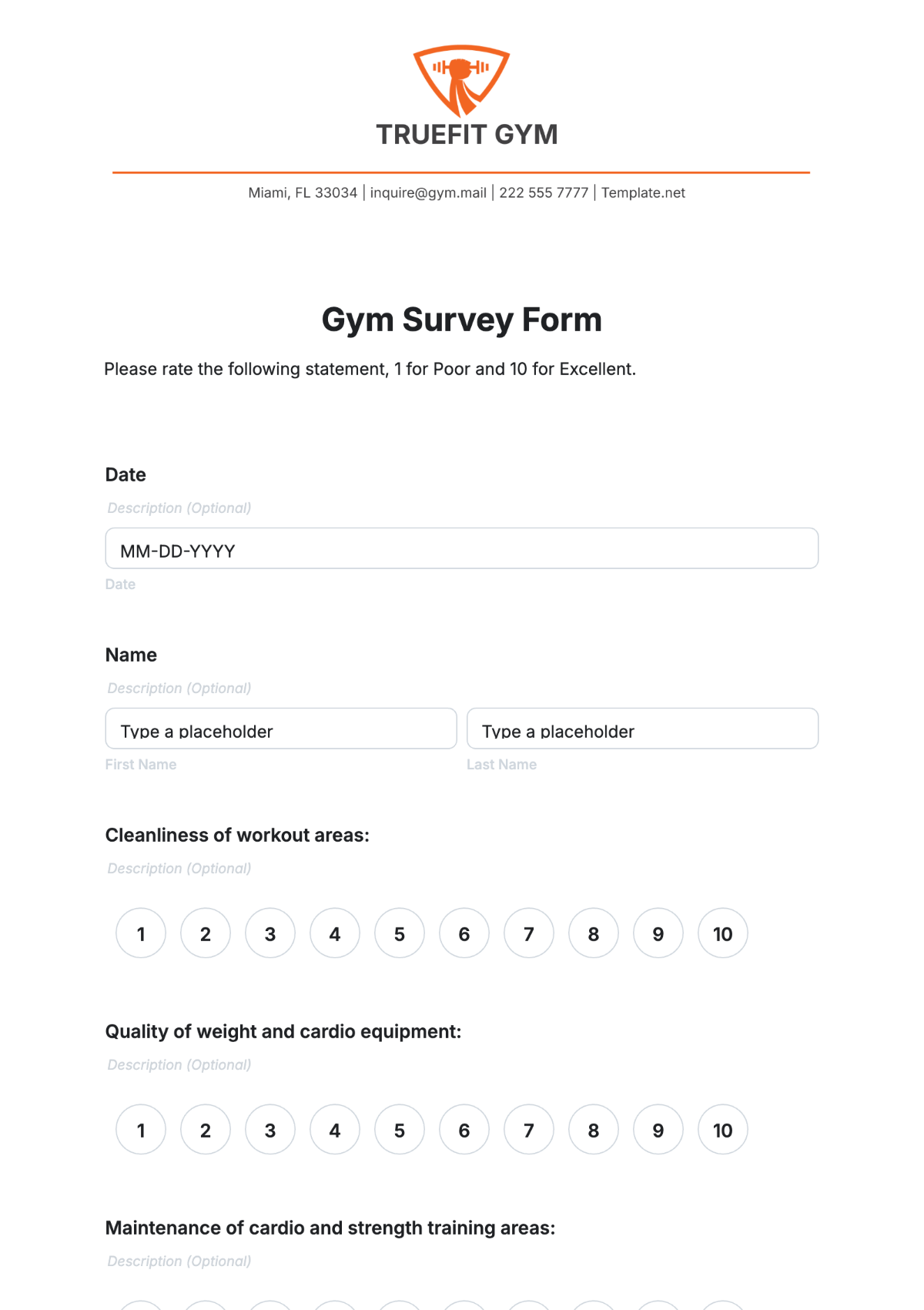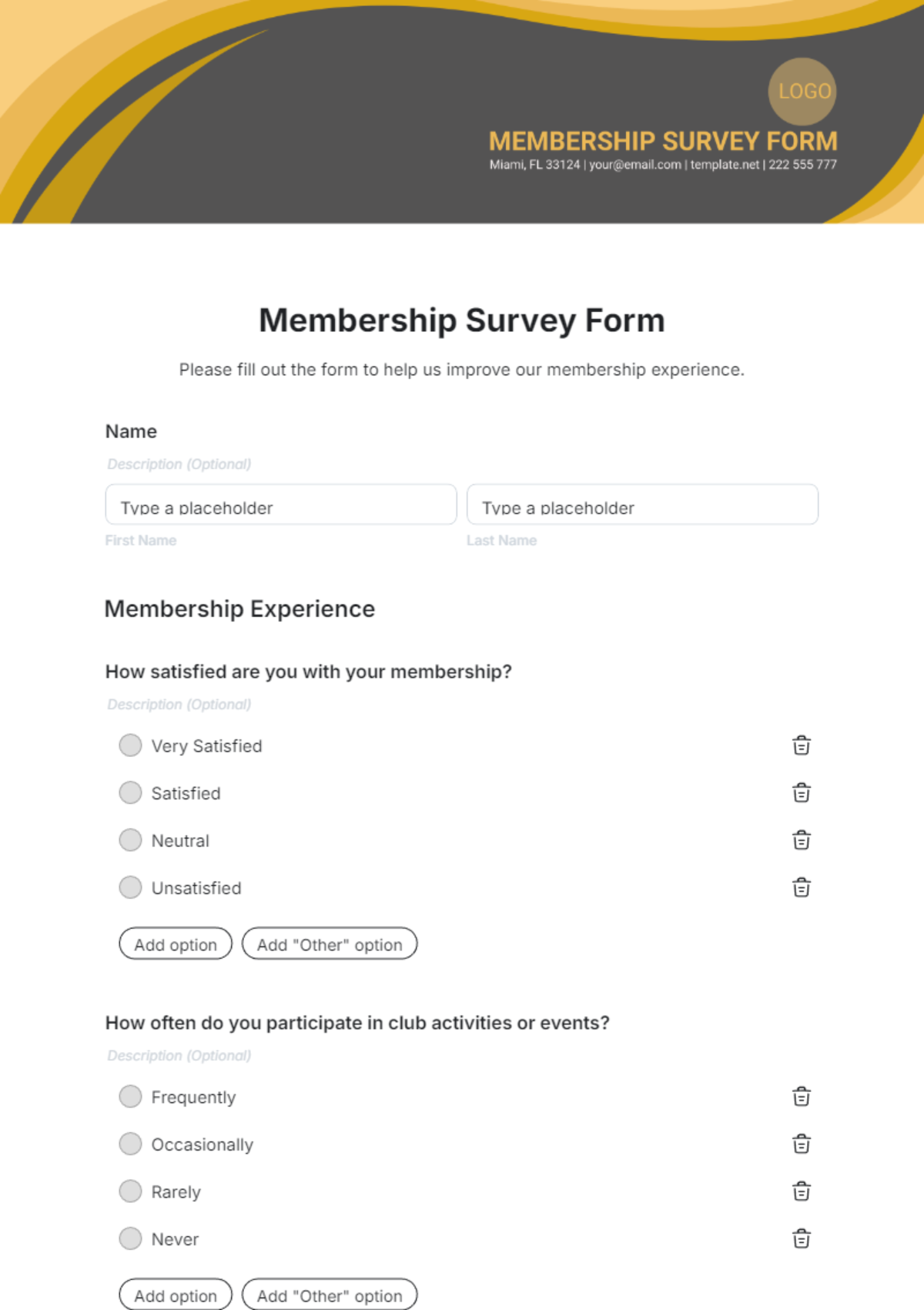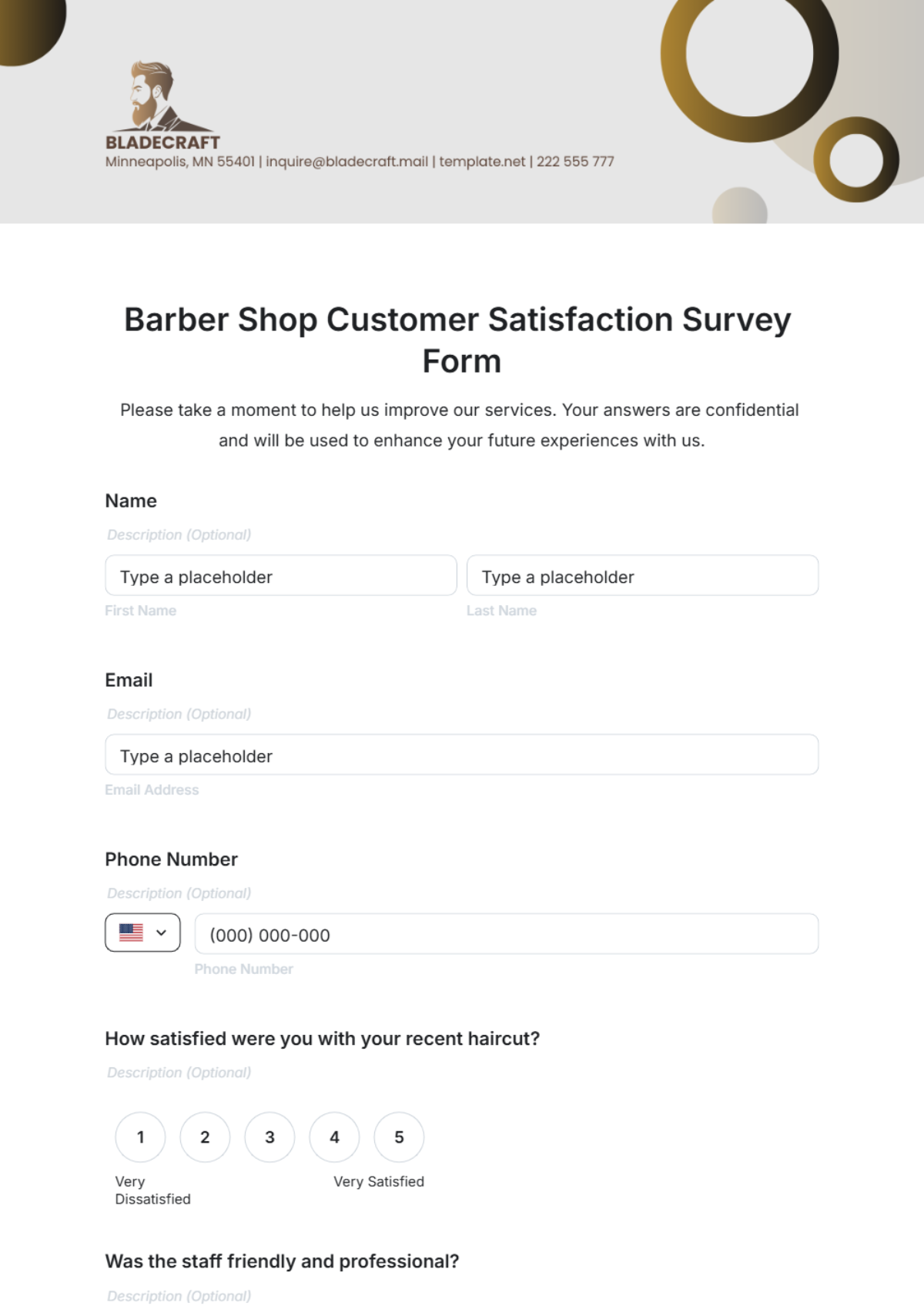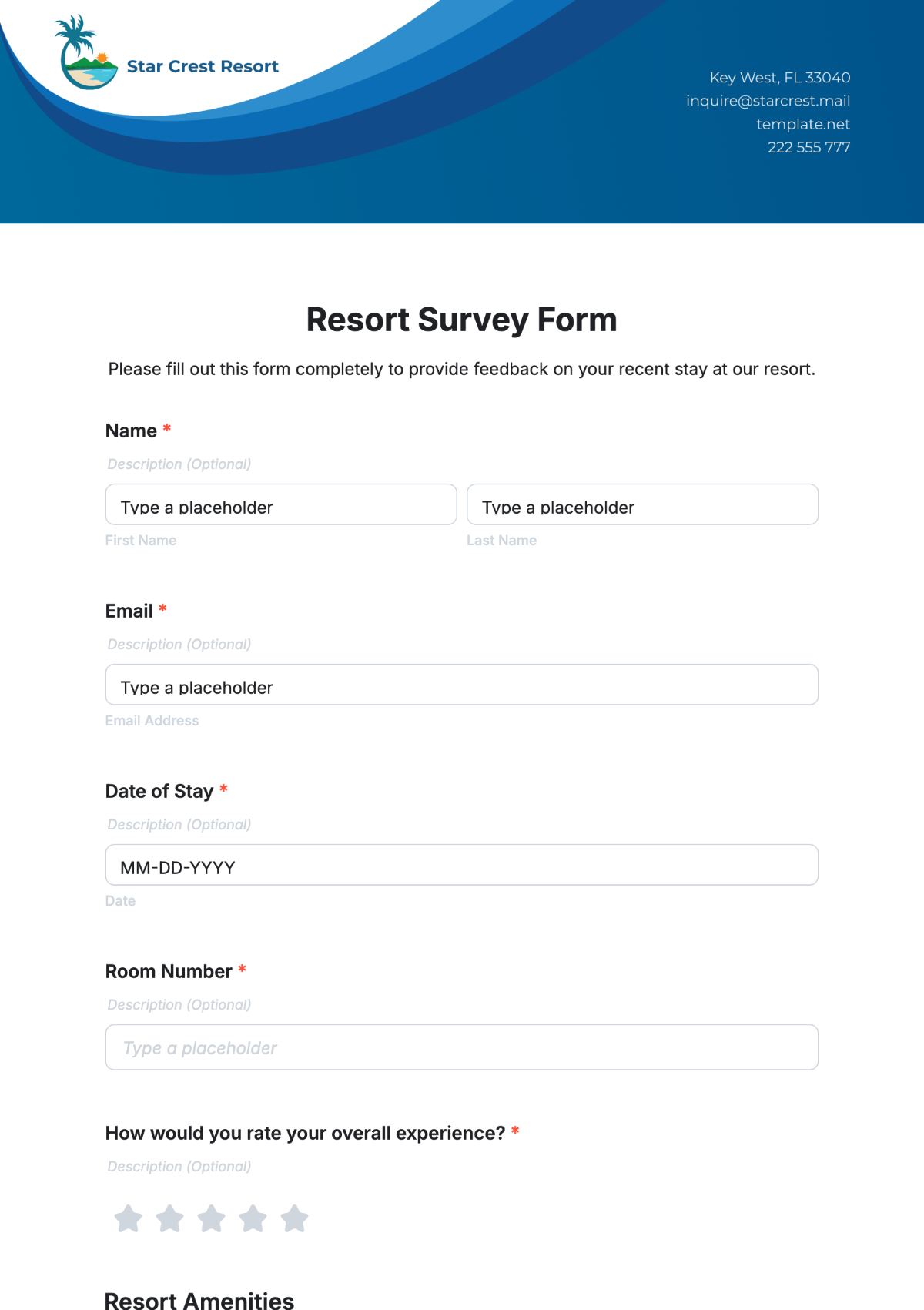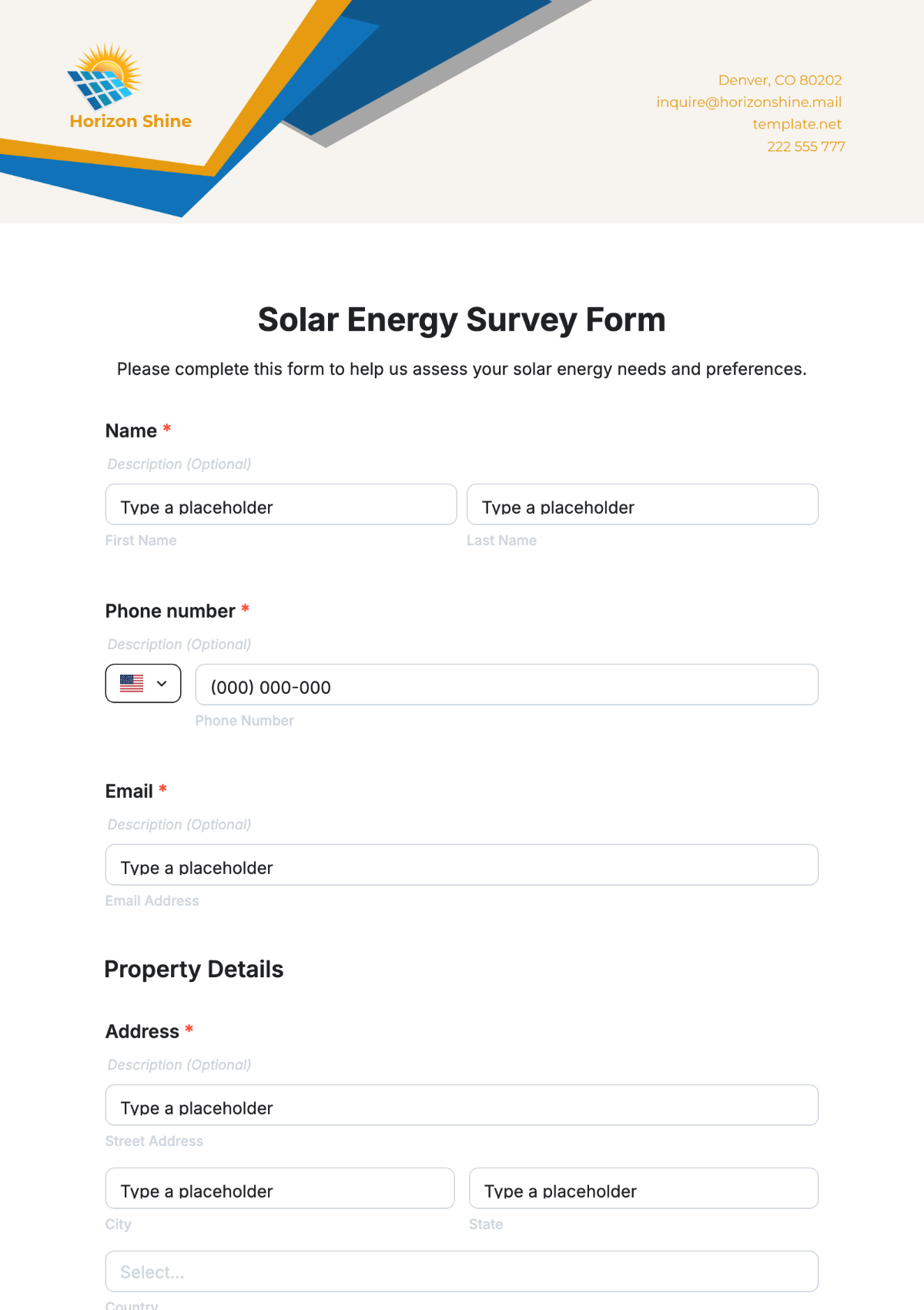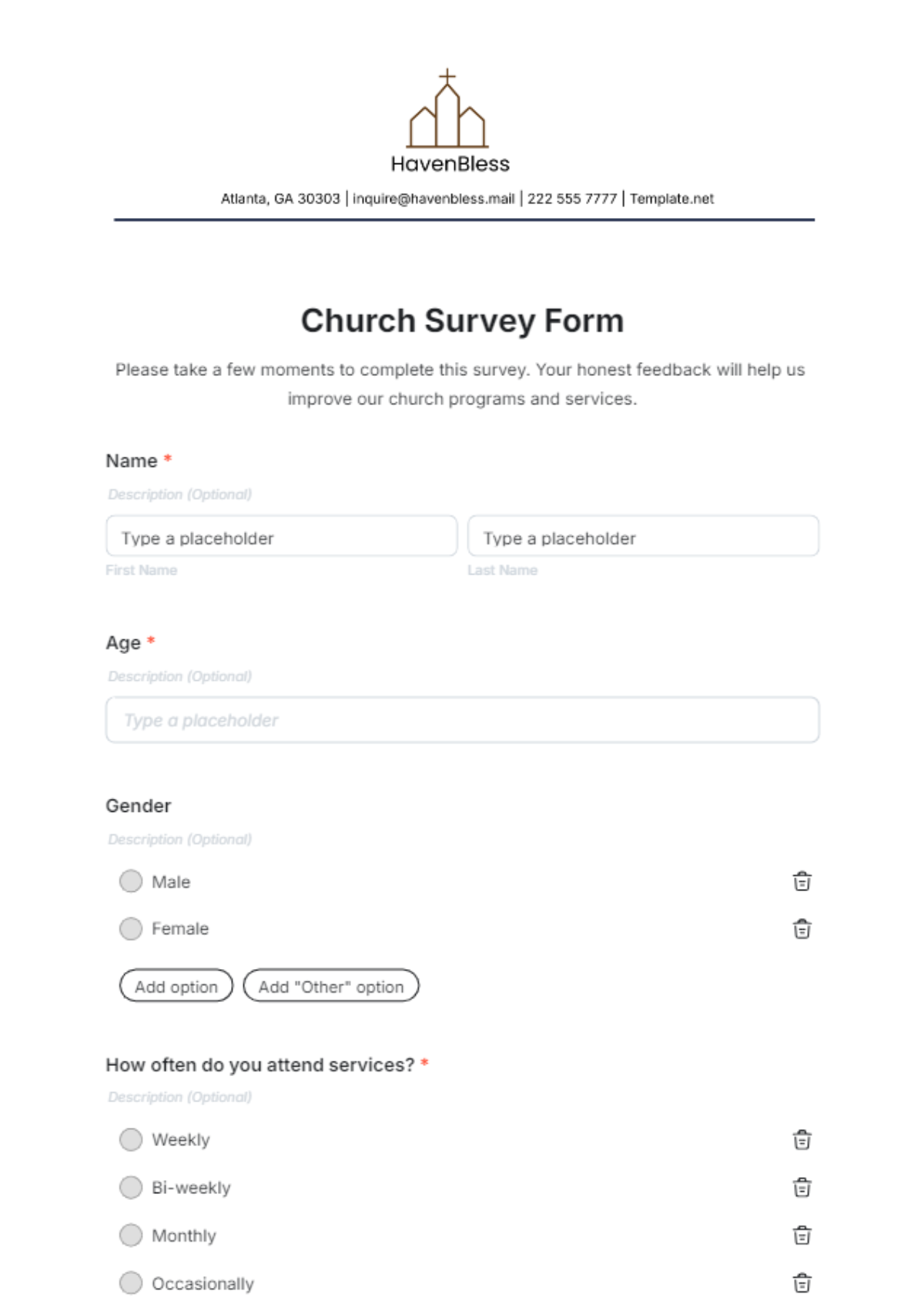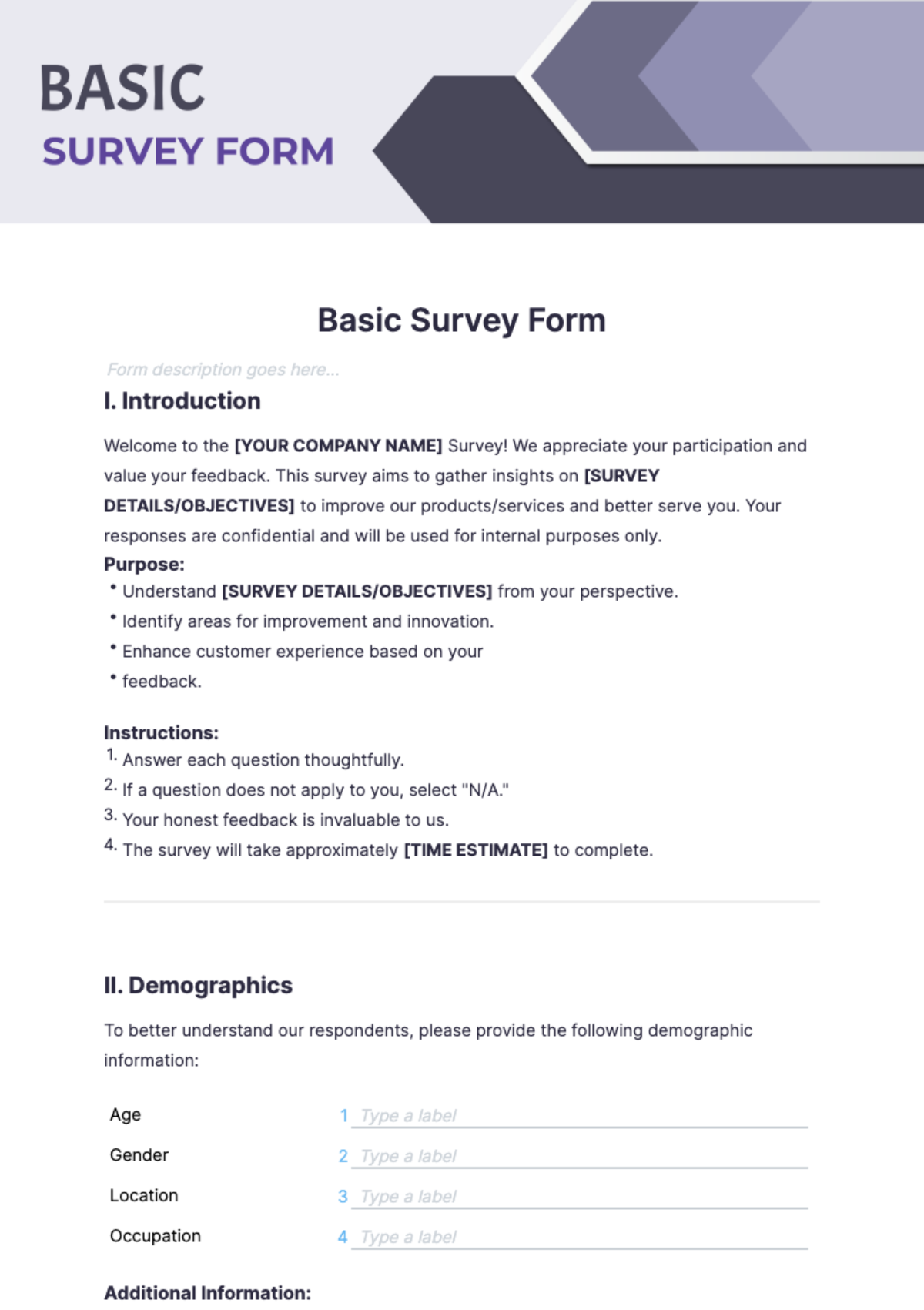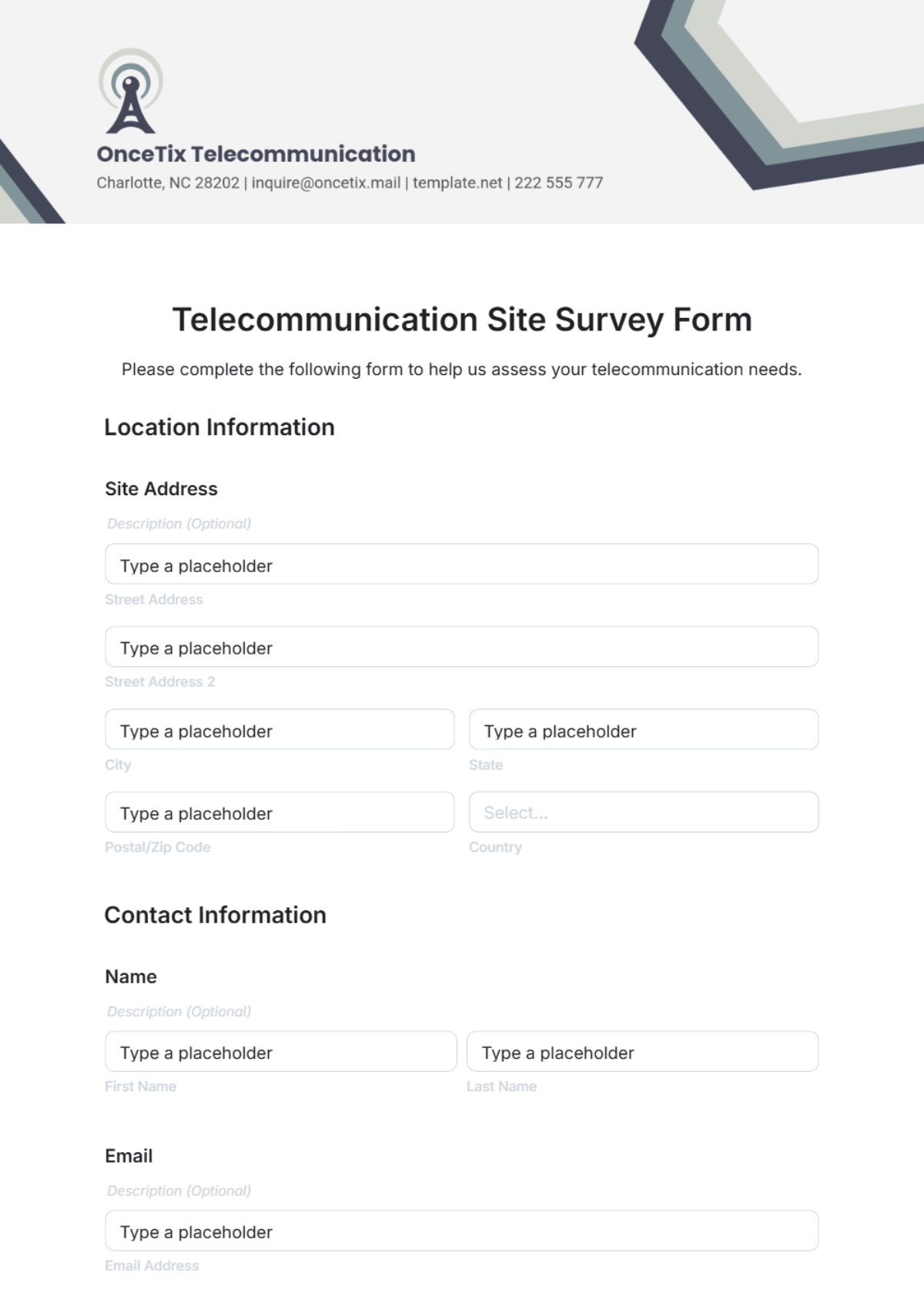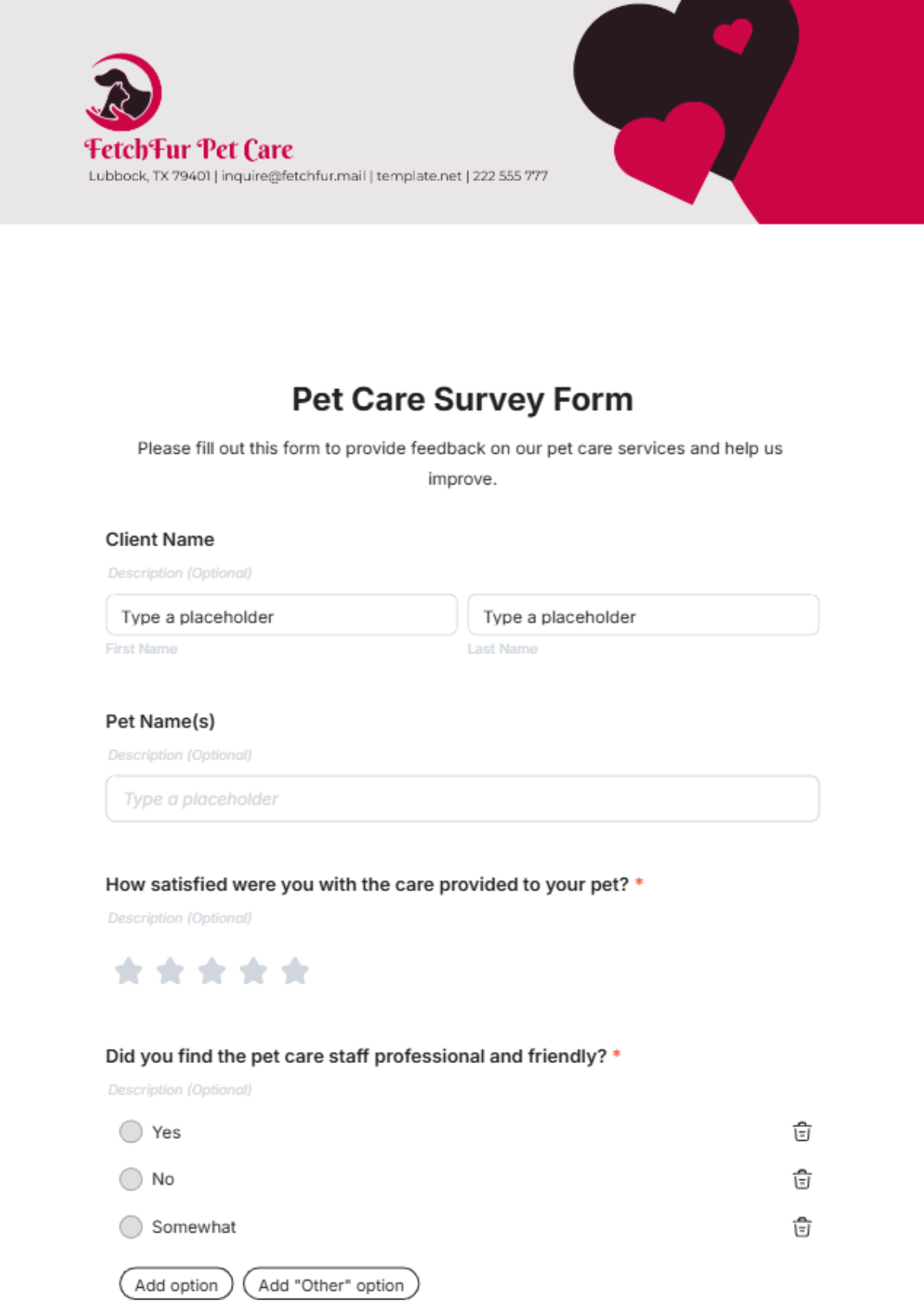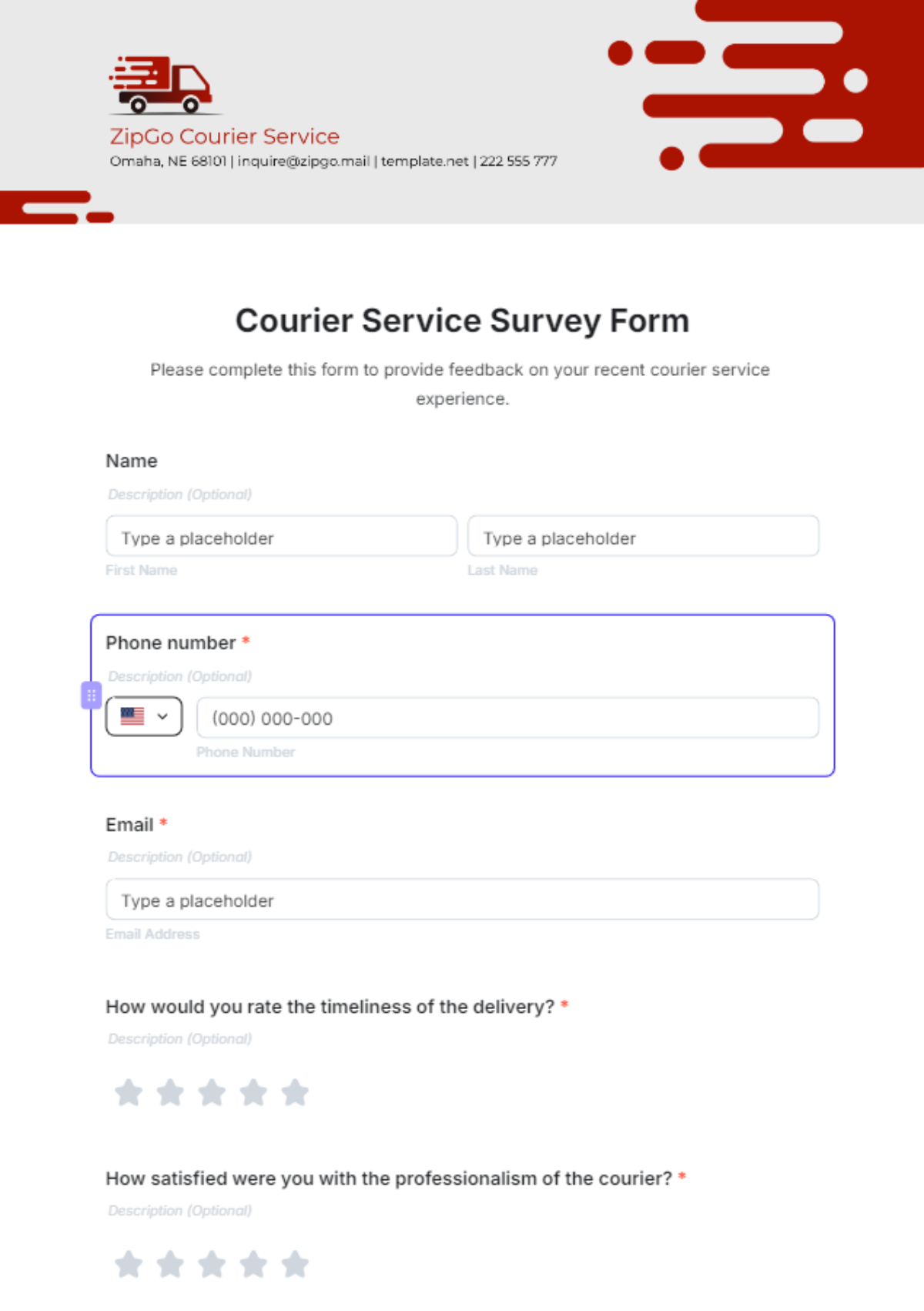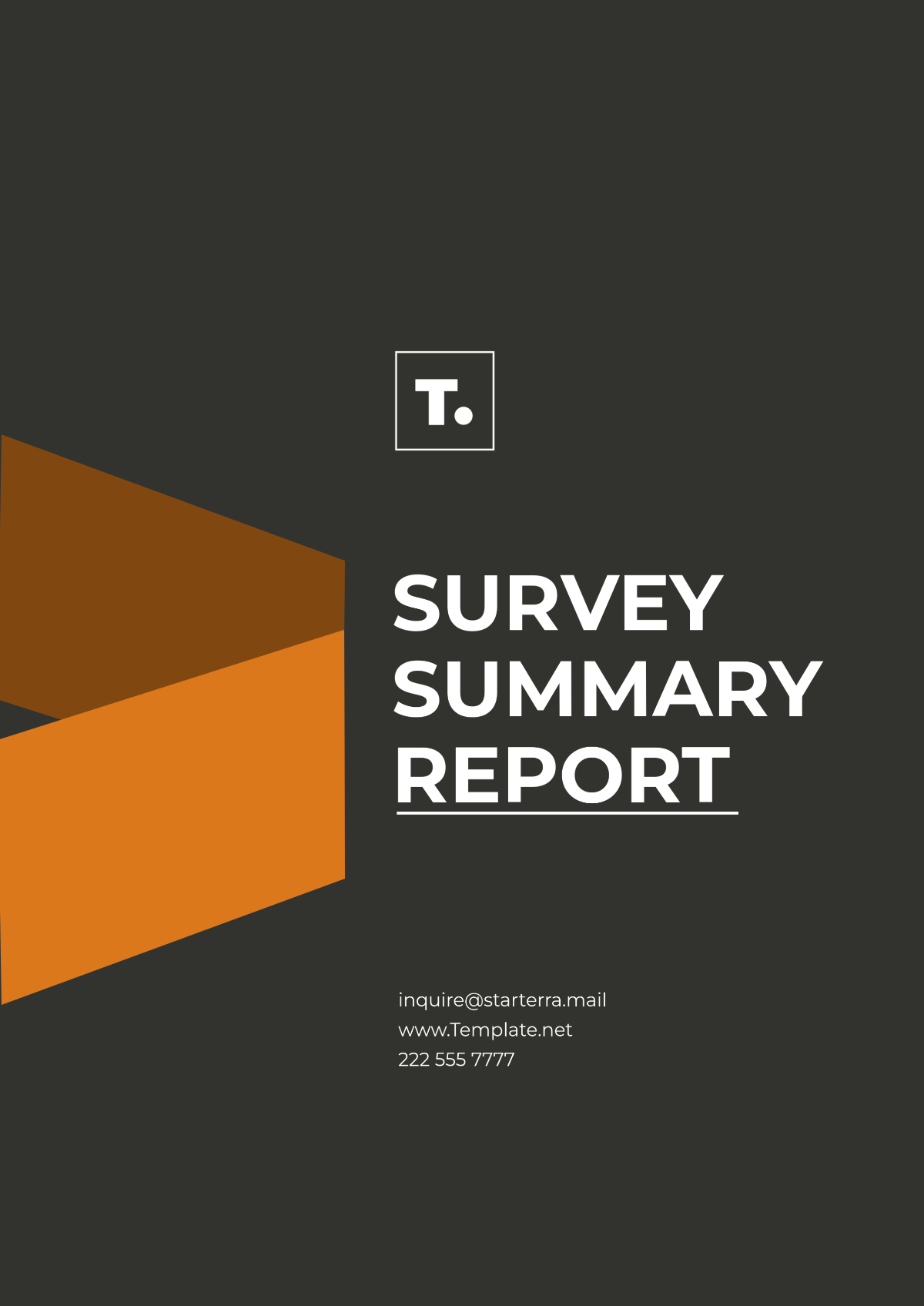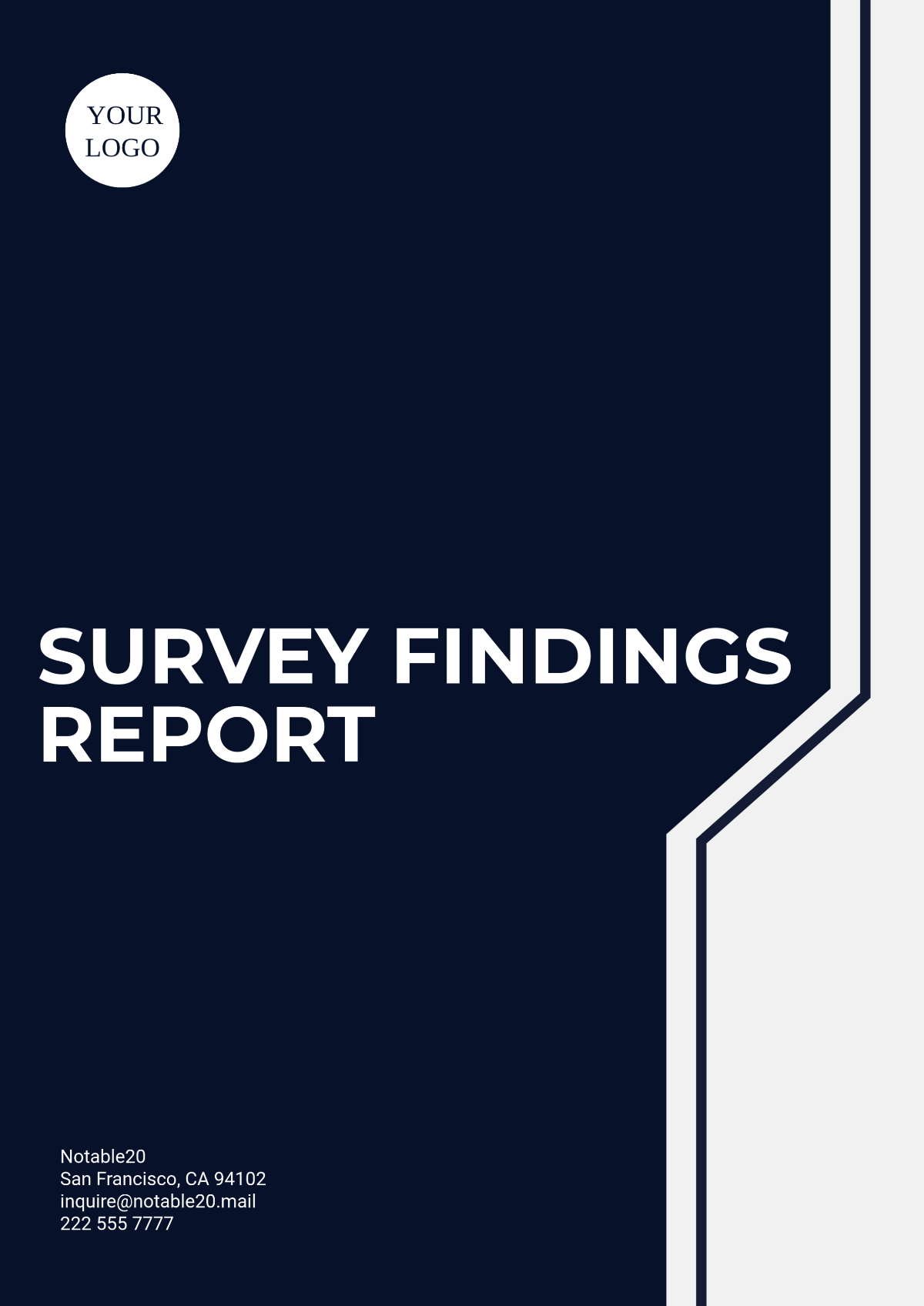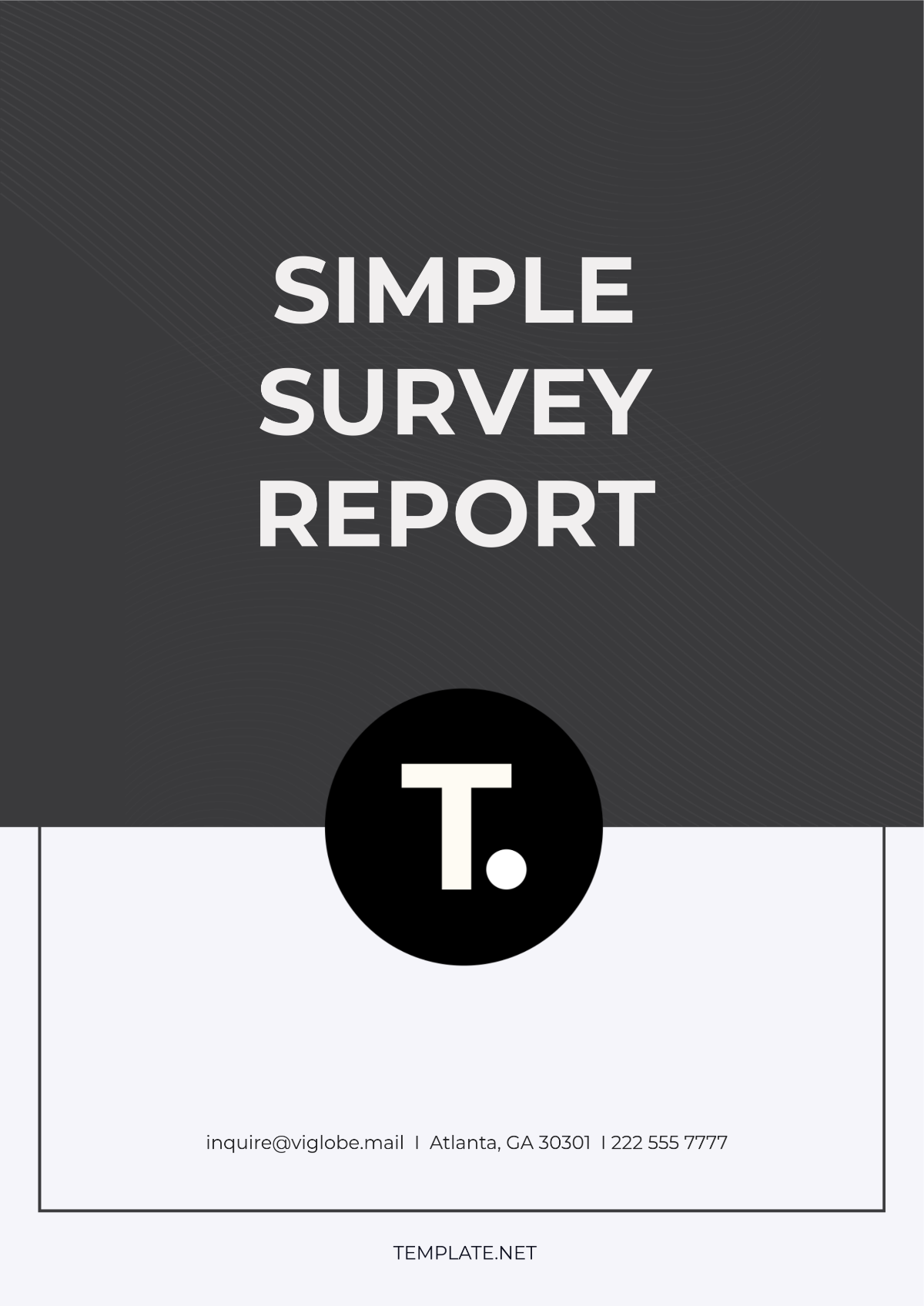Survey Outreach Quantitative Research
Prepared by: [Your Name]
Date: [Date]
1. Introduction
This research aims to explore the effectiveness of survey outreach strategies in collecting quantitative data. As the demand for data-driven decision-making continues to rise, understanding the factors that influence survey response rates and data accuracy is crucial. This study was conducted to provide insights into the best practices for optimizing survey outreach efforts.
2. Research Objectives
The primary objectives of this research are as follows:
To assess the effectiveness of different survey outreach methods in achieving high response rates.
To identify the demographic factors that influence survey participation.
To evaluate the accuracy and reliability of the data collected through various outreach methods.
3. Methodology
3.1 Survey Design
The survey was designed to gather quantitative data on respondents' preferences and behaviors regarding online shopping. The questionnaire consisted of 25 multiple-choice questions, focusing on various aspects such as purchasing habits, brand loyalty, and payment preferences. The survey was distributed in both digital and paper formats to reach a diverse audience.
3.2 Target Population
The target population for this study included adults aged 18-65 residing in urban areas across the United States. A total of 10,000 individuals were randomly selected from various demographic groups to ensure a representative sample.
3.3 Data Collection Methods
Data collection was carried out over three months, from January 1, 2050, to March 31, 2050. Two primary methods were used:
Email Outreach: Surveys were sent to participants via email, with follow-up reminders sent at one-week intervals.
Social Media Campaigns: Targeted ads were run on social media platforms to encourage participation in the online survey.
4. Data Analysis
4.1 Quantitative Analysis Techniques
The collected data was analyzed using descriptive and inferential statistical techniques. Measures of central tendency (mean, median, mode) and dispersion (standard deviation, variance) were used to summarize the data. Additionally, correlation and regression analyses were performed to identify relationships between variables.
4.2 Statistical Tools and Software
Data analysis was conducted using advanced statistical software, including SPSS version 35.0 and R version 12.1. Data visualization was done using Tableau version 22.5 to create interactive dashboards that highlight key findings.
5. Results
5.1 Response Rates
The overall response rate for the survey was 65%, with a higher response rate observed in the email outreach group (70%) compared to the social media campaign group (60%). The response rates varied across different age groups, with younger respondents (ages 18-35) showing a higher participation rate.
5.2 Key Findings
Survey Outreach Method Effectiveness: Email outreach proved to be more effective in achieving higher response rates compared to social media campaigns.
Demographic Influence: Age and education level were significant predictors of survey participation, with younger and more educated individuals more likely to respond.
Data Reliability: The data collected through email outreach demonstrated higher internal consistency and reliability compared to data from social media campaigns.
6. Discussion
6.1 Interpretation of Results
The results indicate that email outreach is a more effective method for survey distribution, particularly when targeting younger, more educated demographics. The higher reliability of data collected through email suggests that this method may also be preferable for gathering accurate and consistent quantitative data.
6.2 Implications for Stakeholders
For companies and organizations looking to conduct surveys, the findings suggest that focusing on email outreach may lead to better response rates and more reliable data. This has important implications for market research, customer feedback collection, and other data-driven initiatives.
7. Conclusion
This research has provided valuable insights into the effectiveness of survey outreach strategies. By understanding the factors that influence survey participation and data reliability, organizations can optimize their survey distribution methods to achieve more accurate and representative results.
8. Recommendations
Prioritize Email Outreach: Given its higher response rates and data reliability, email should be the primary method for survey distribution.
Tailor Outreach to Demographics: Consider demographic factors when designing survey outreach strategies to maximize participation.
Utilize Advanced Analytics: Implement advanced statistical tools to enhance data analysis and interpretation.

